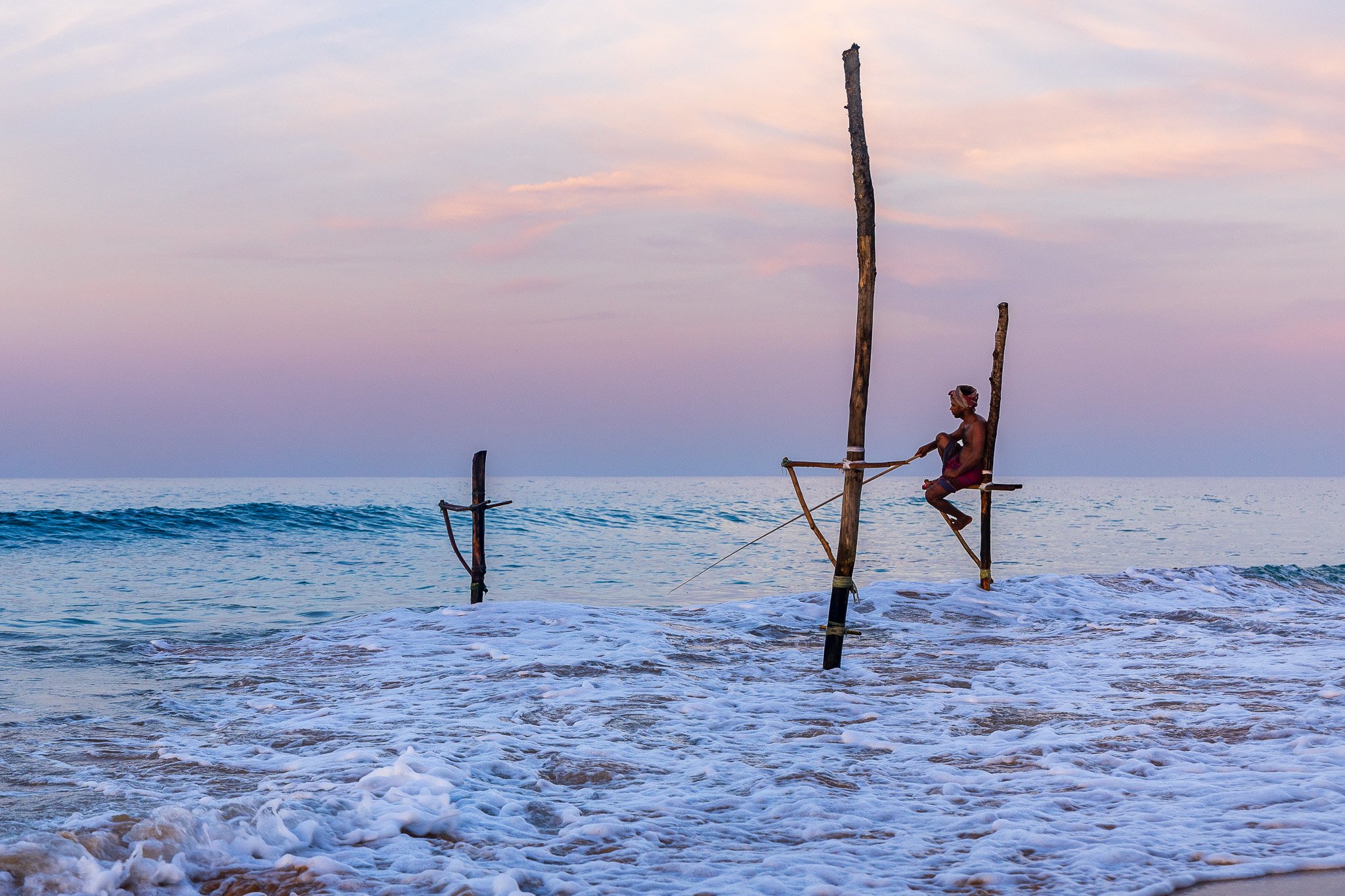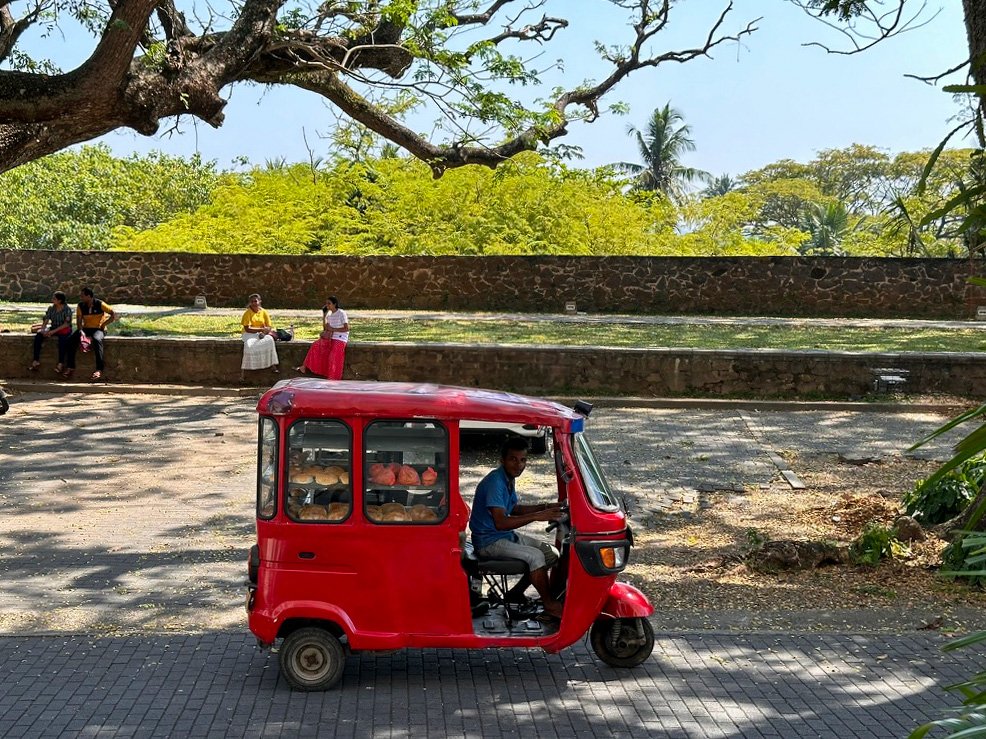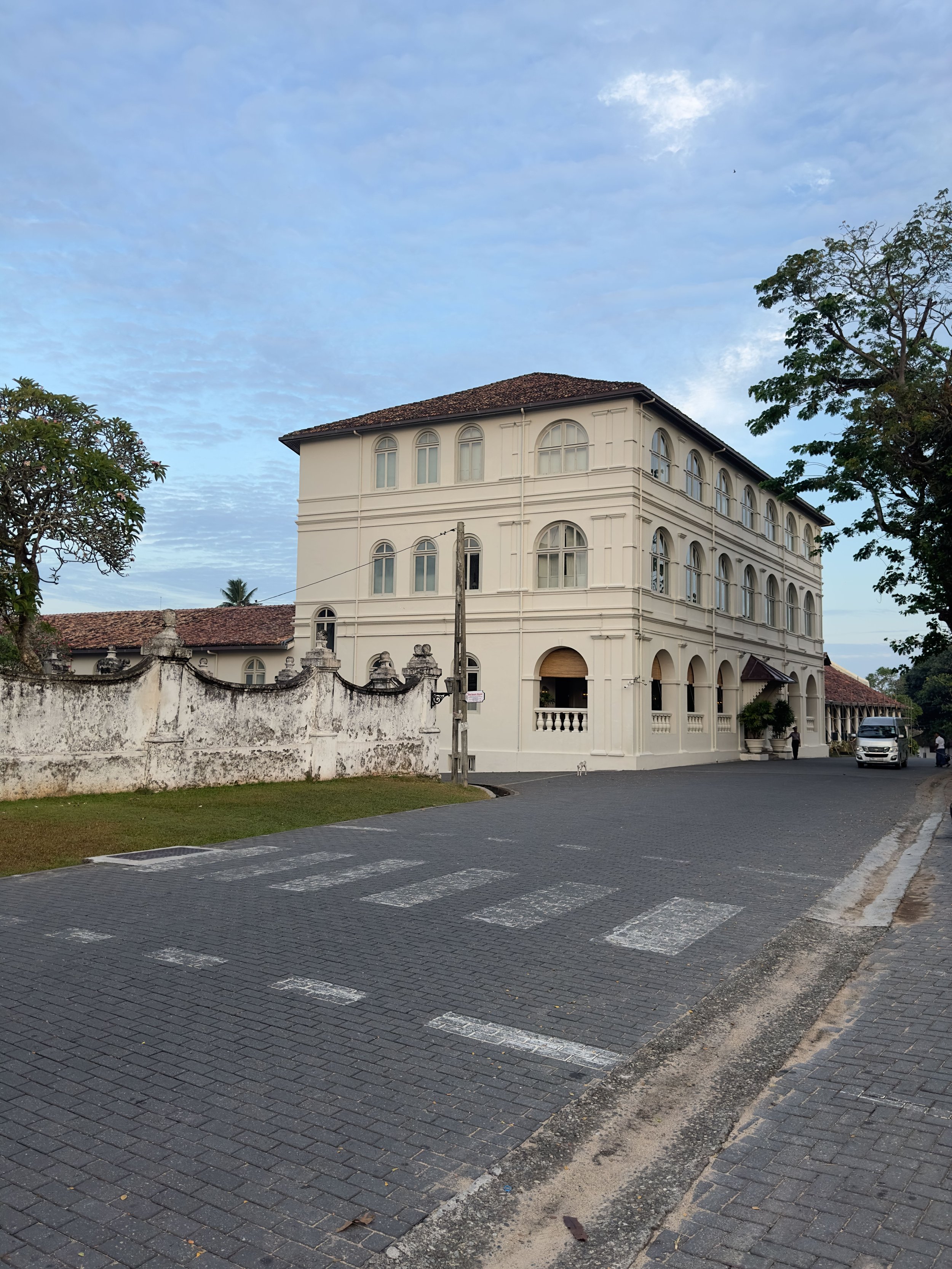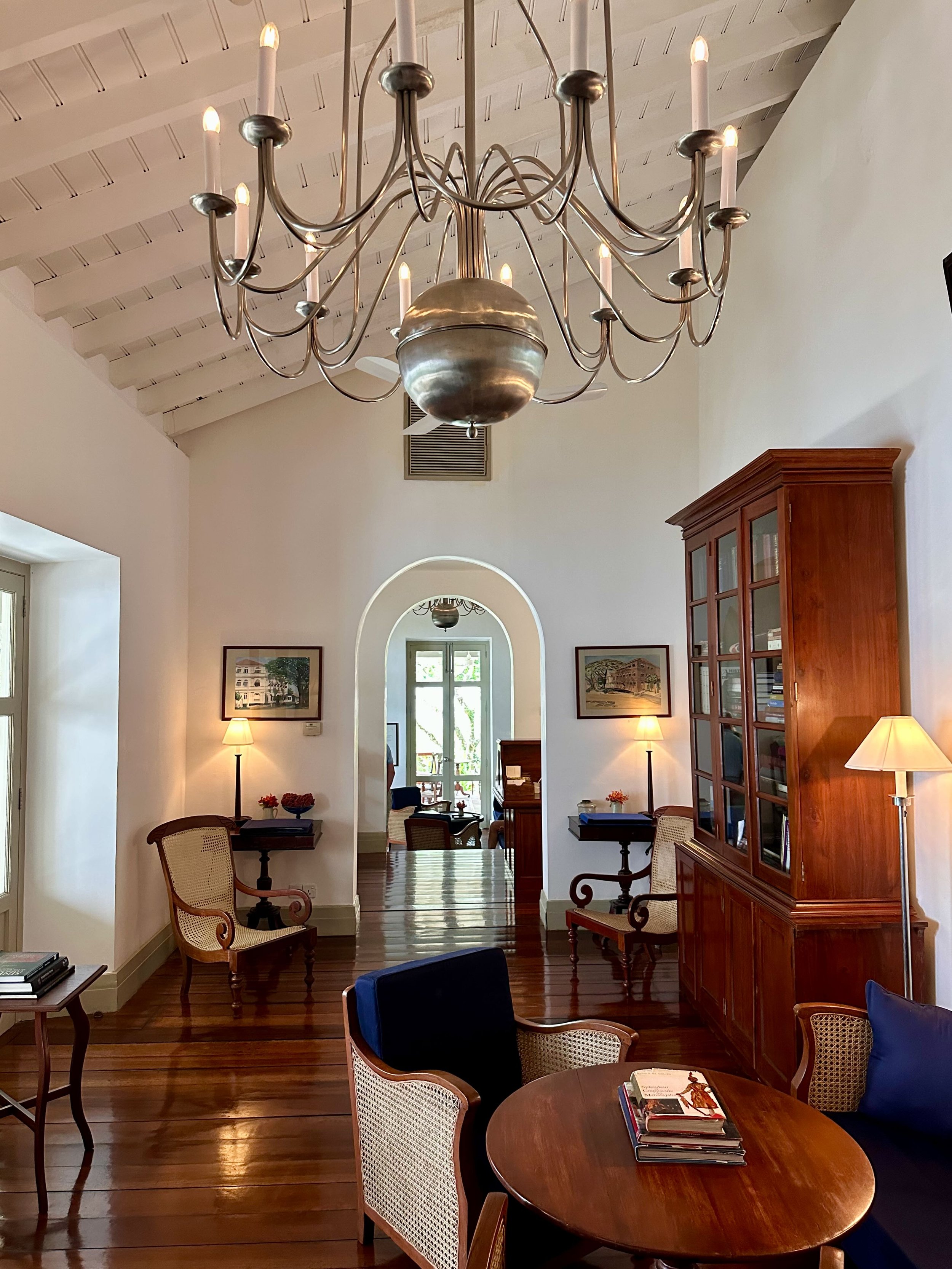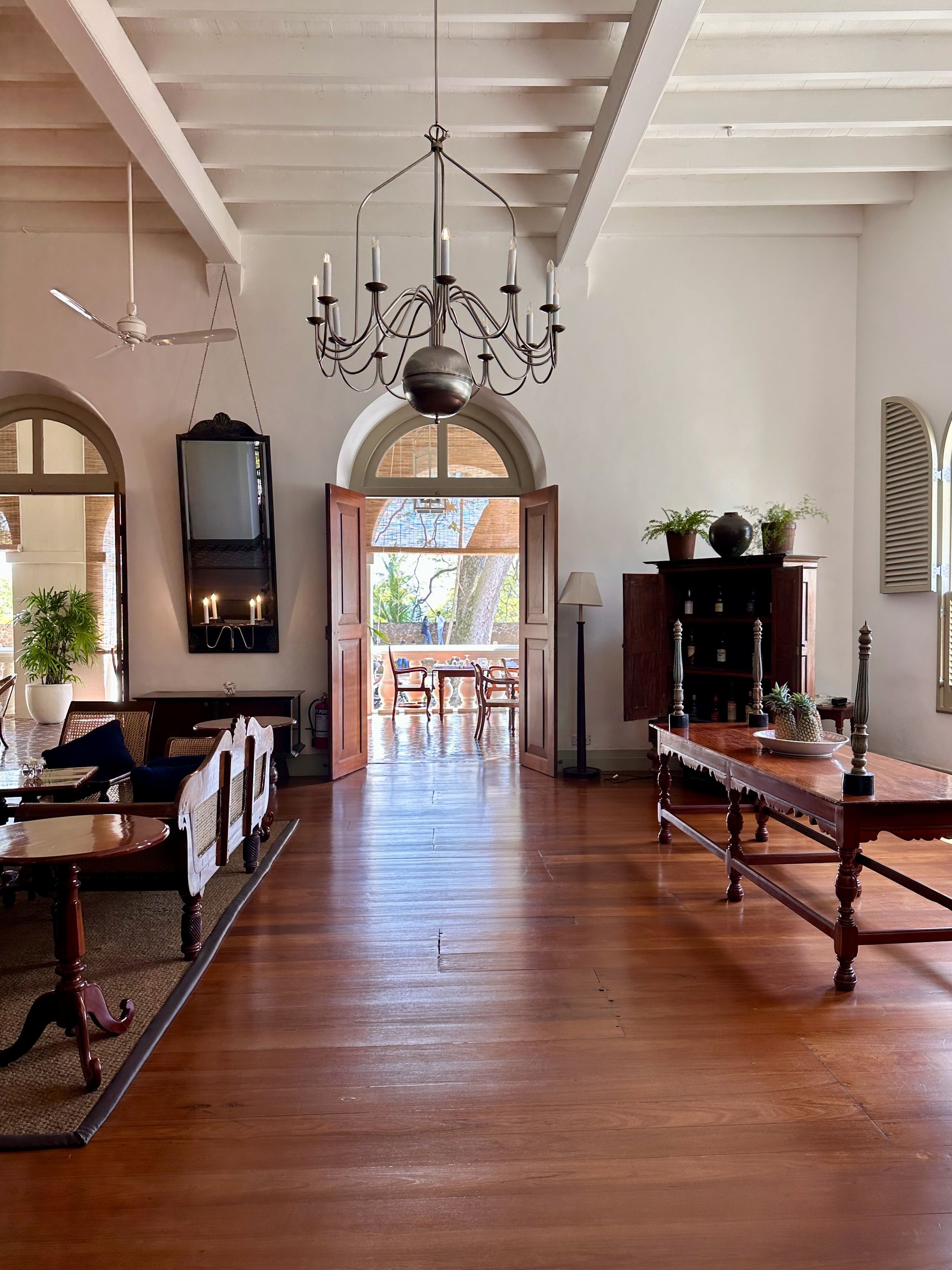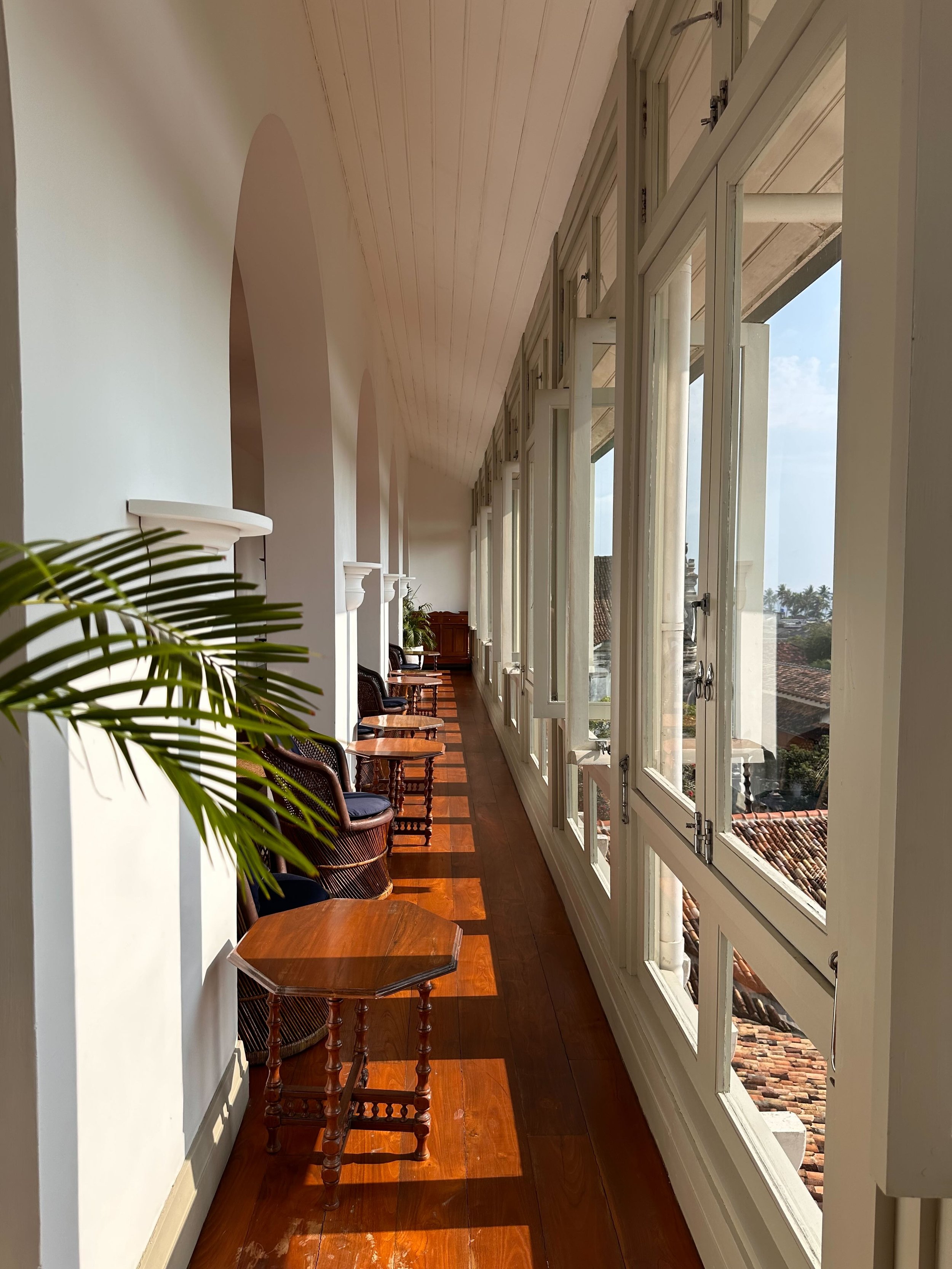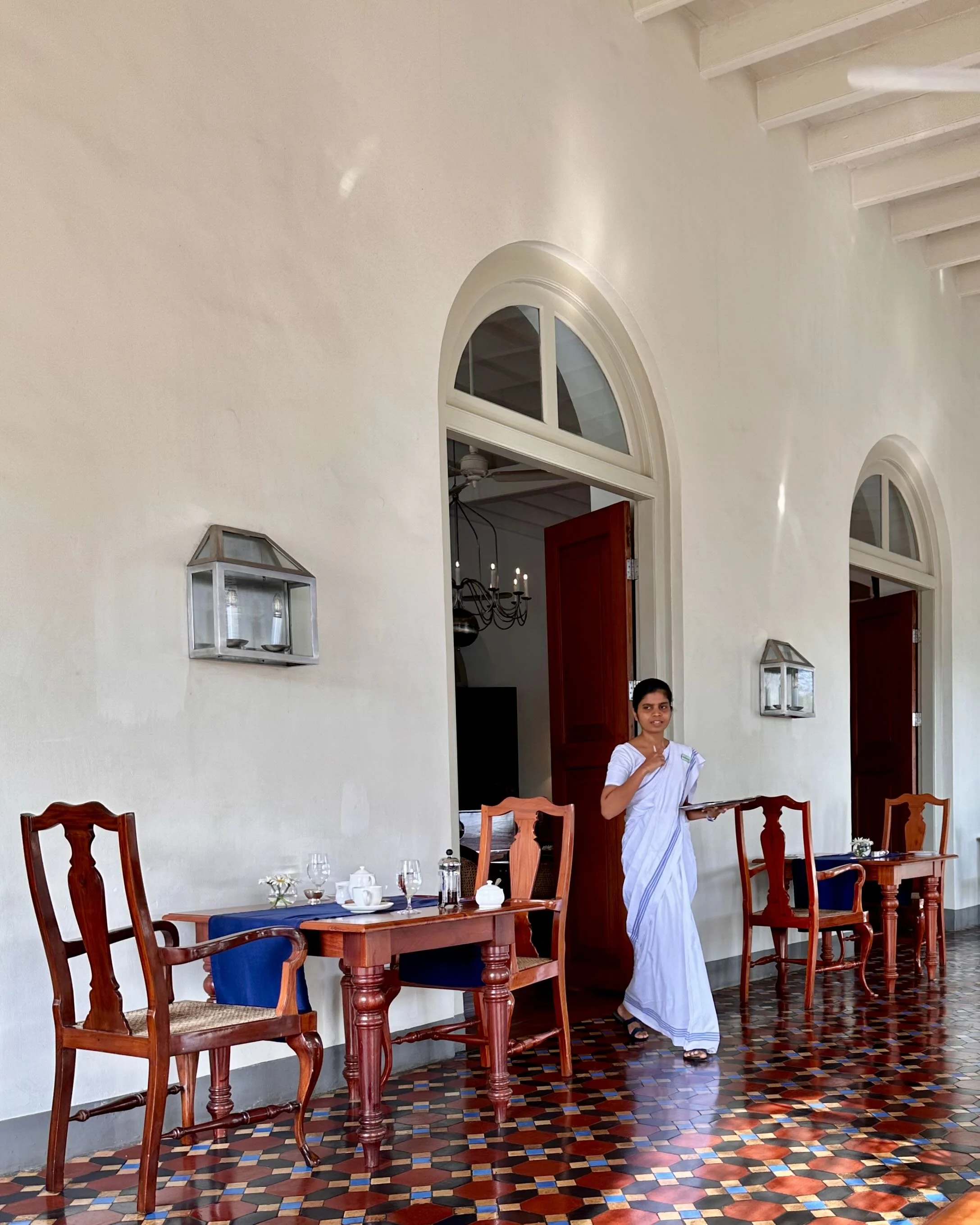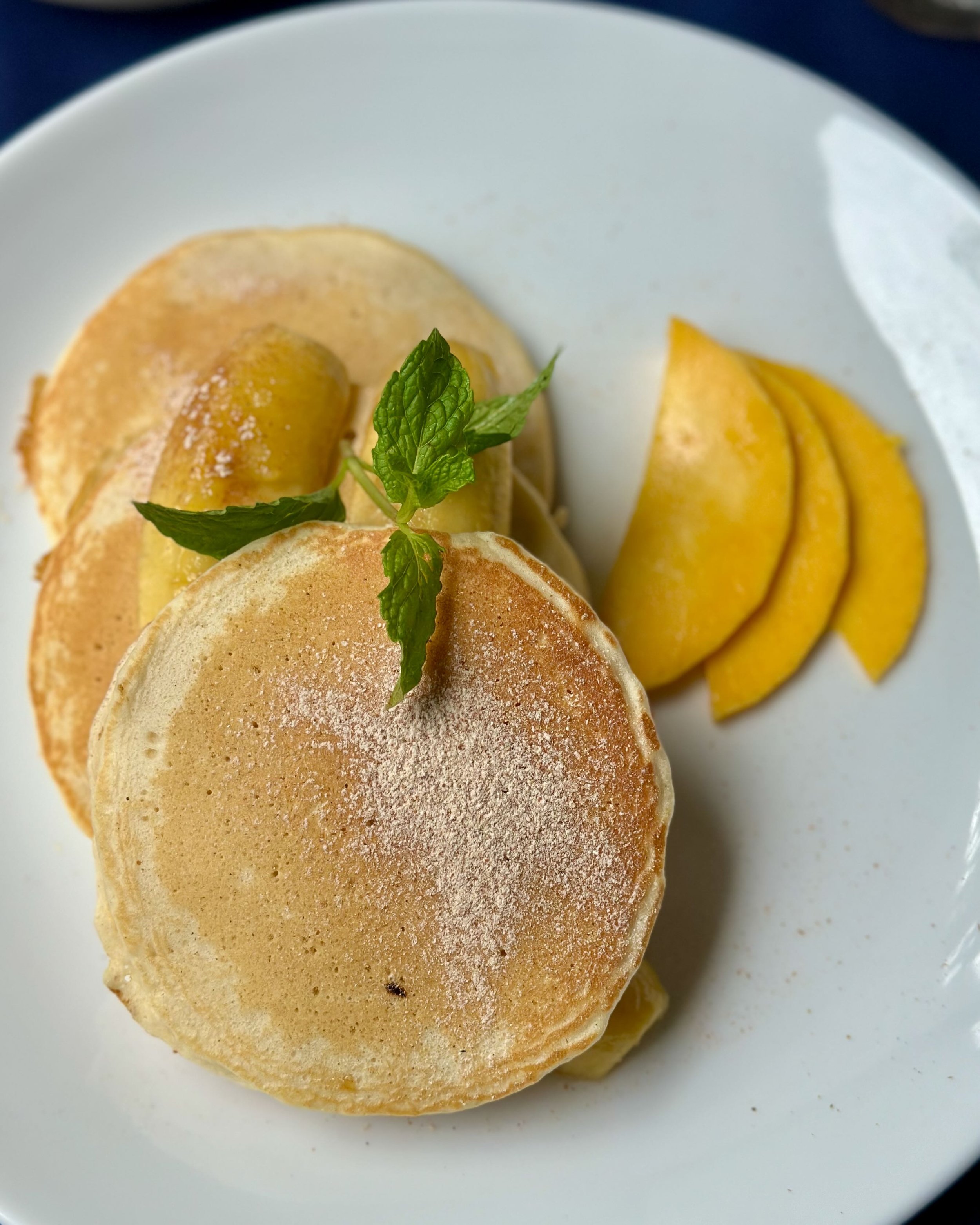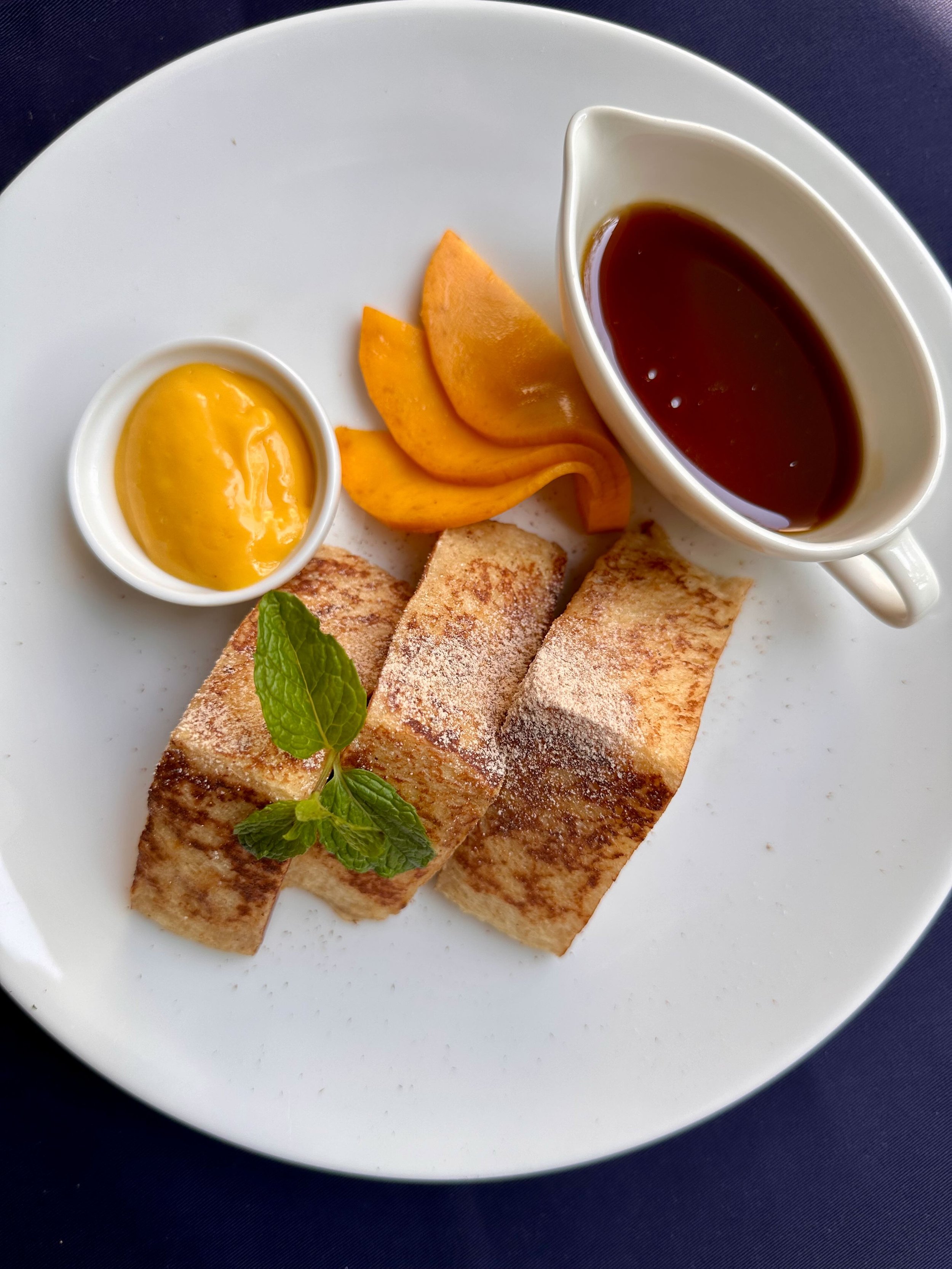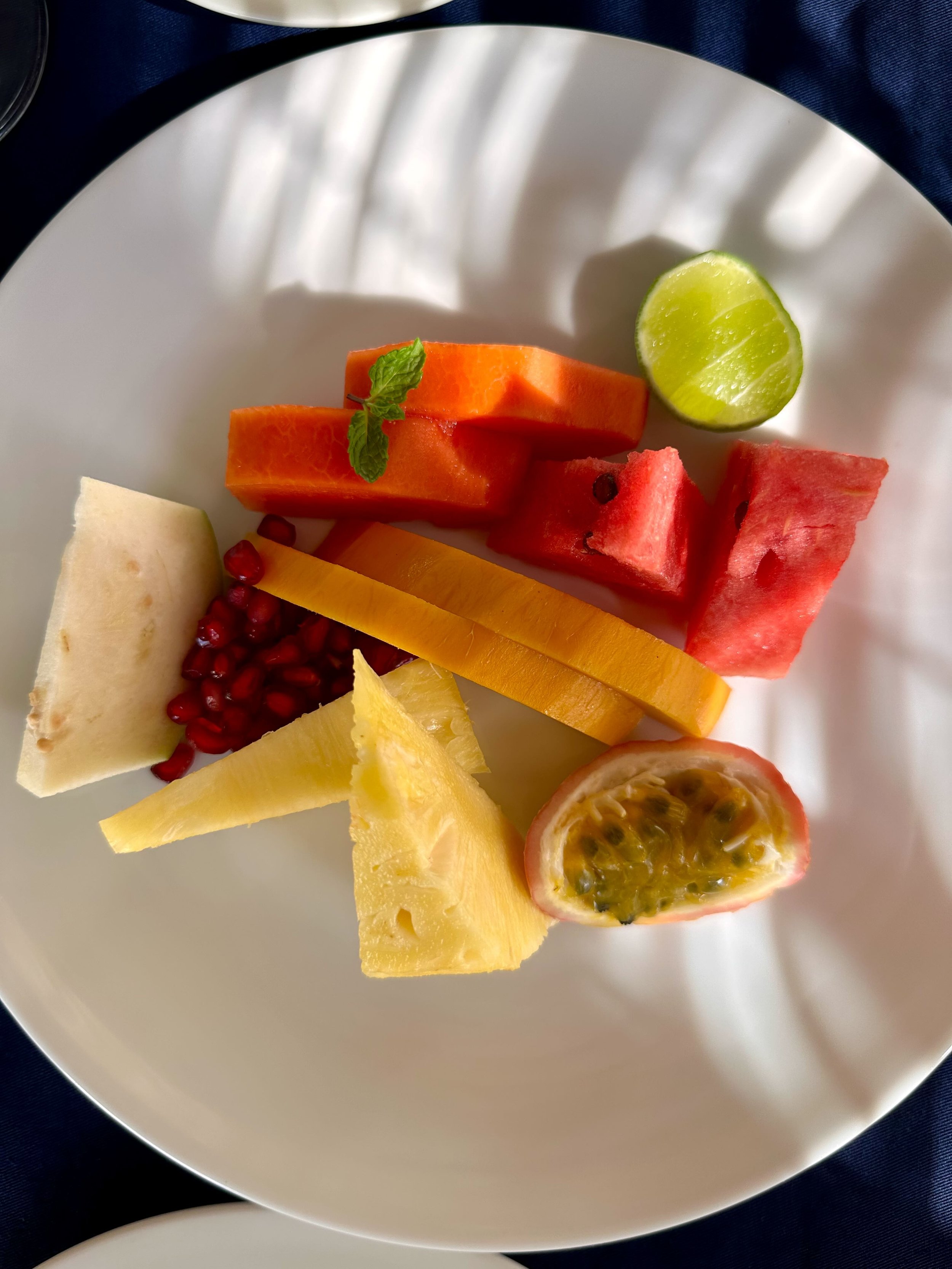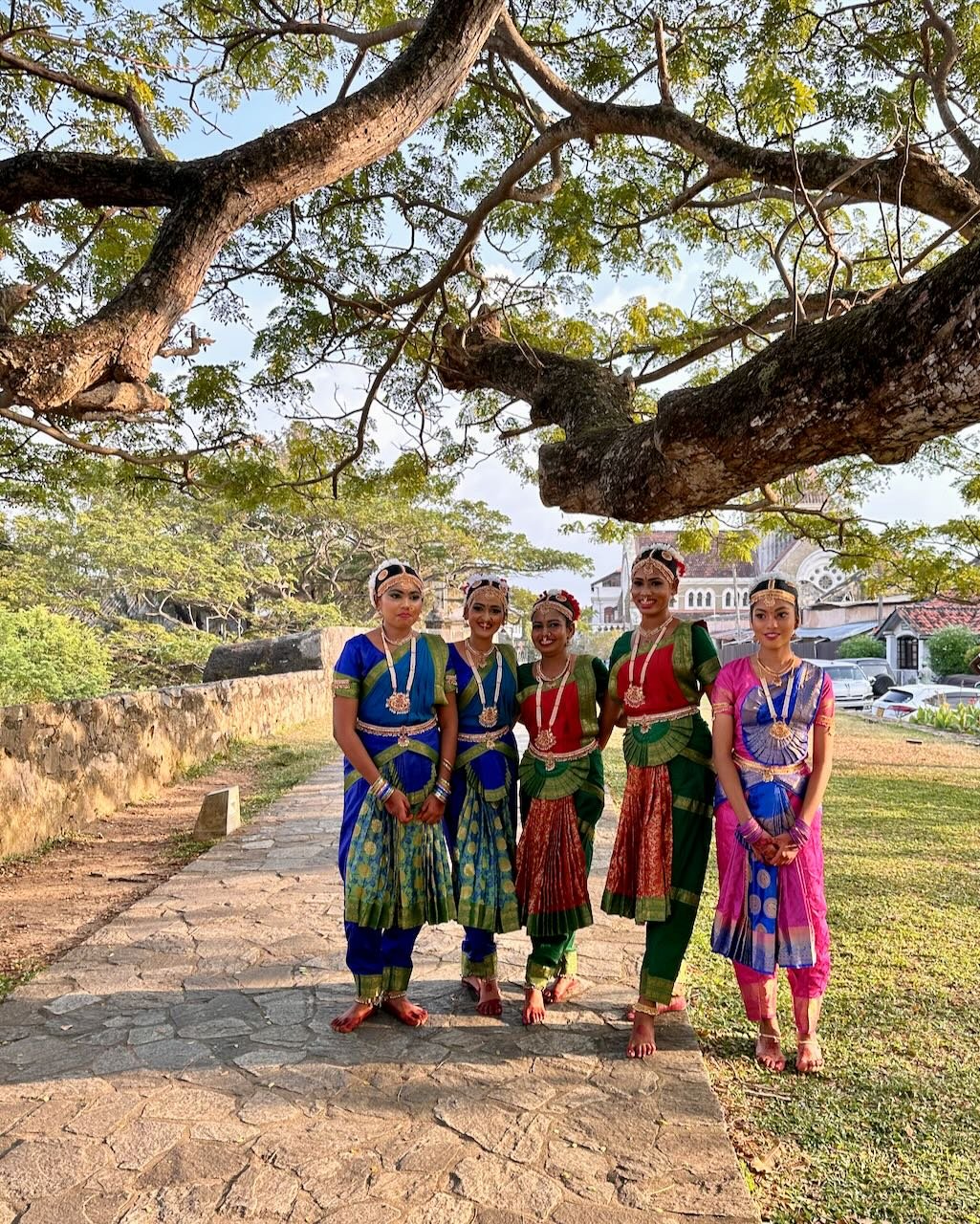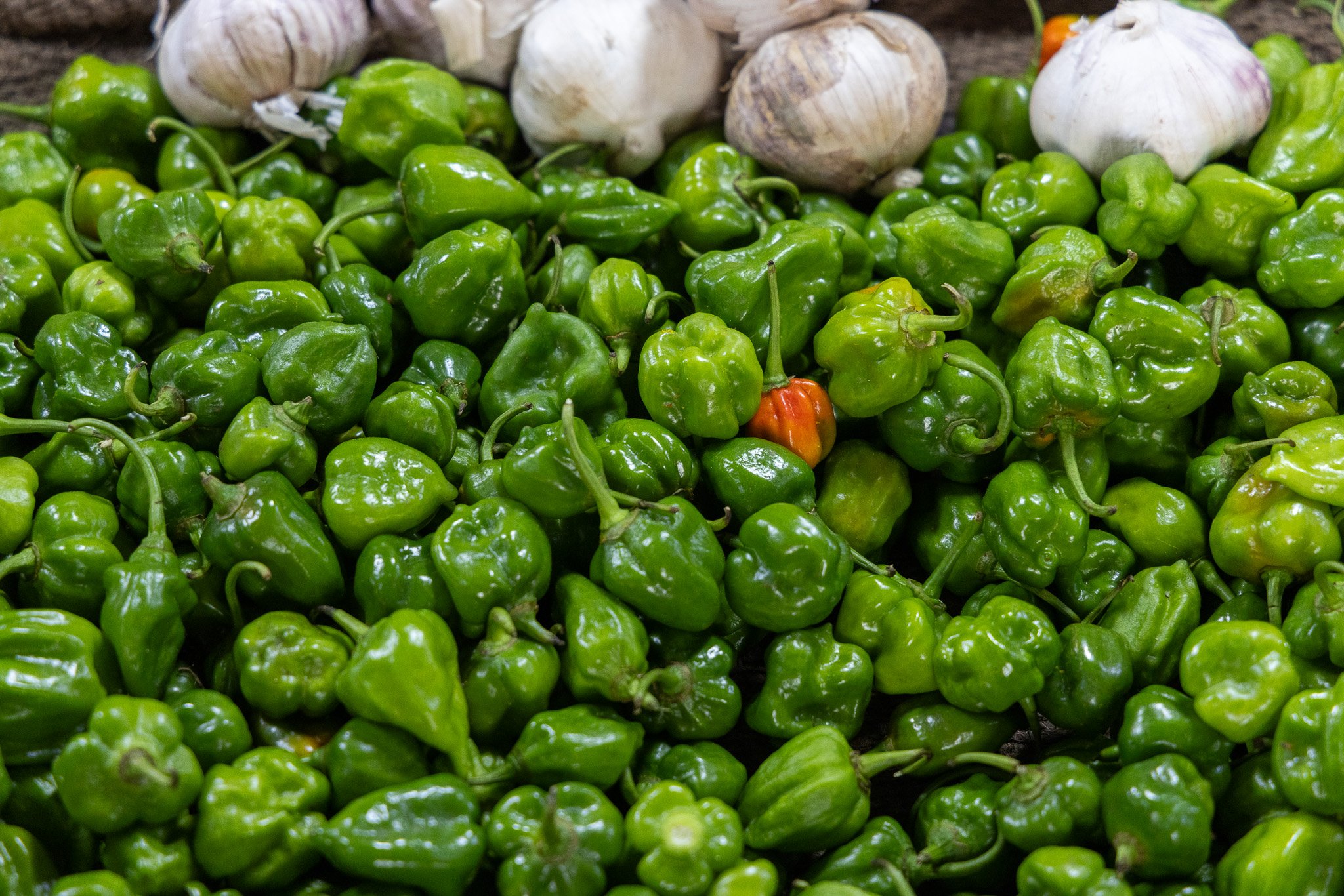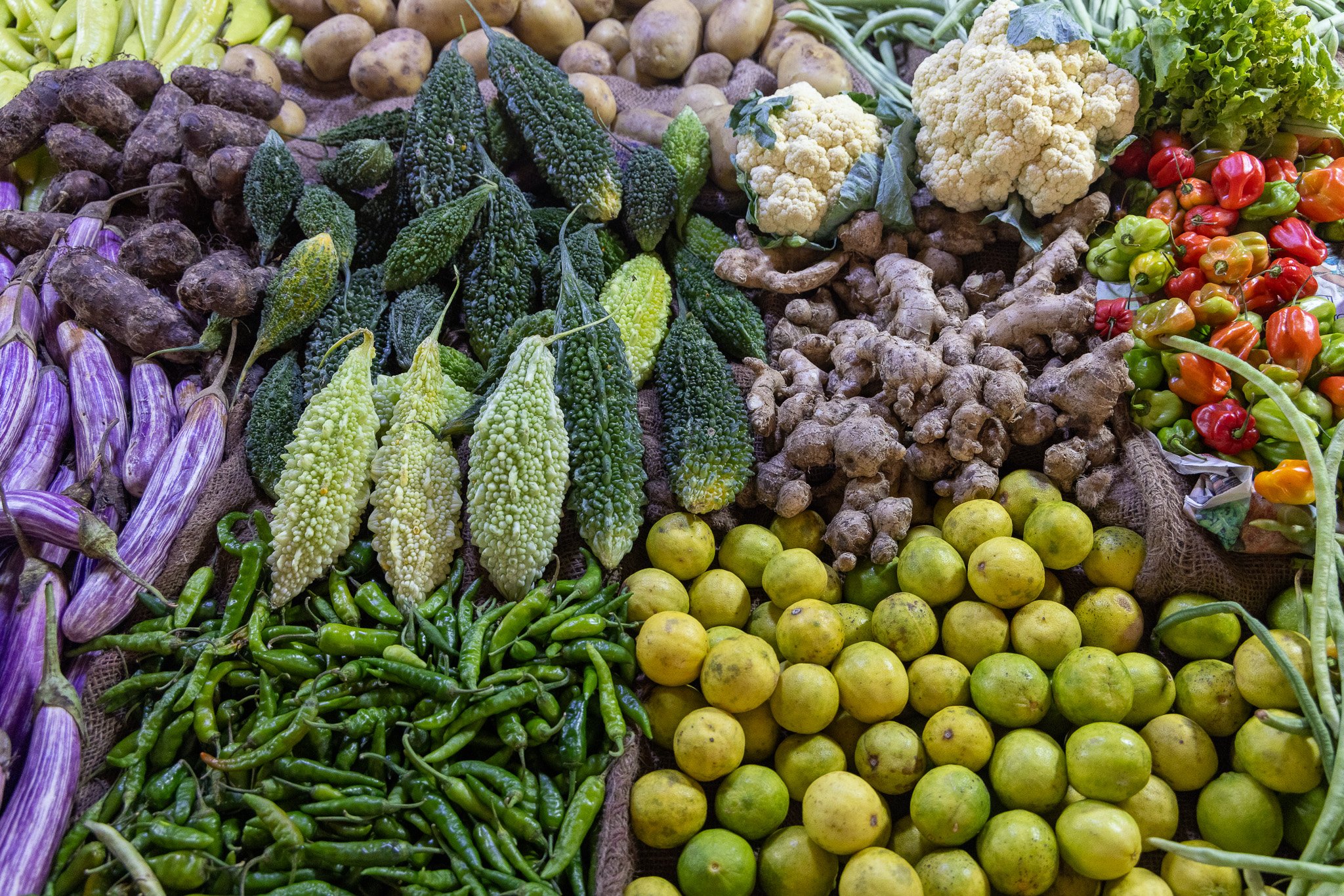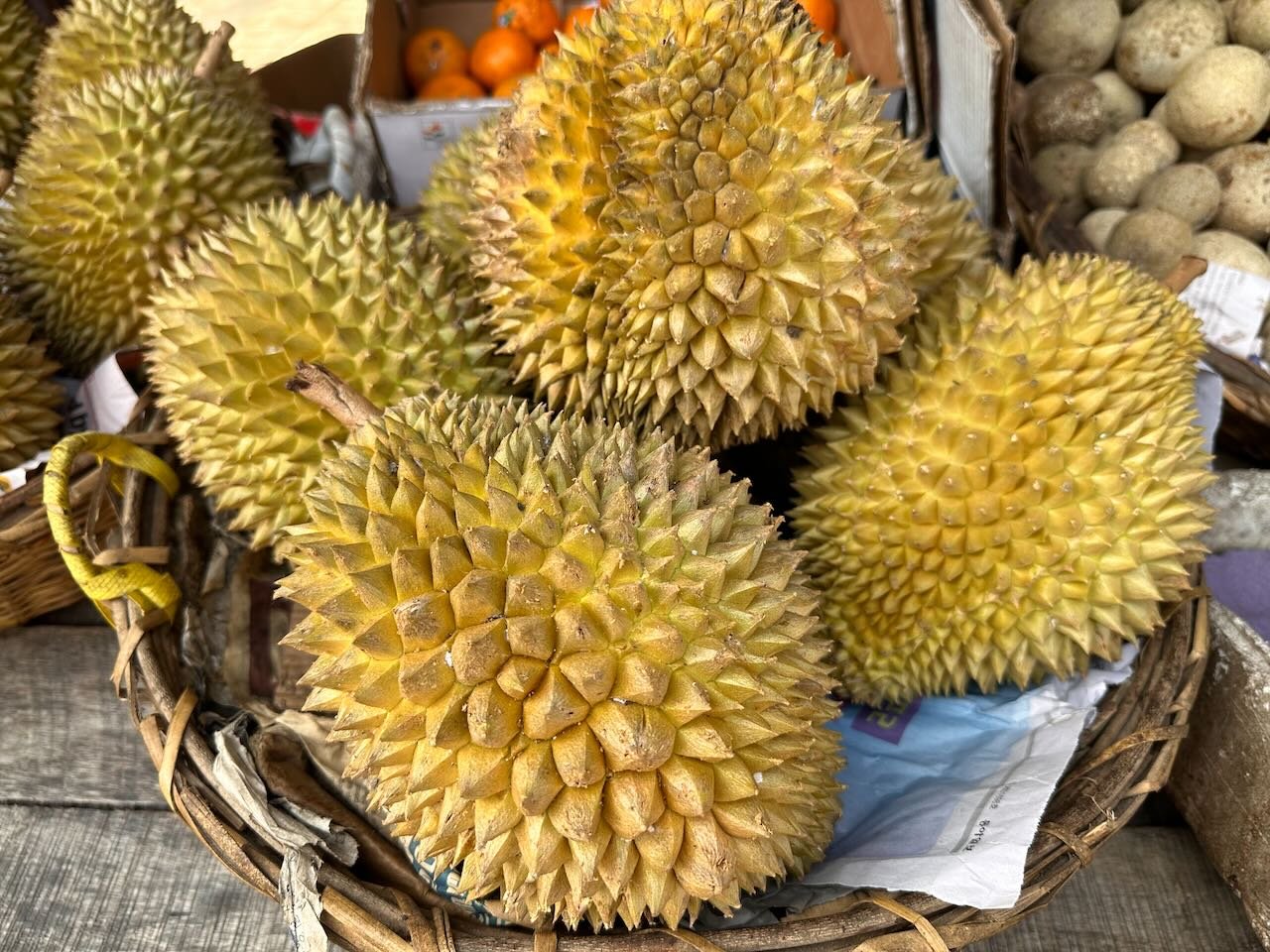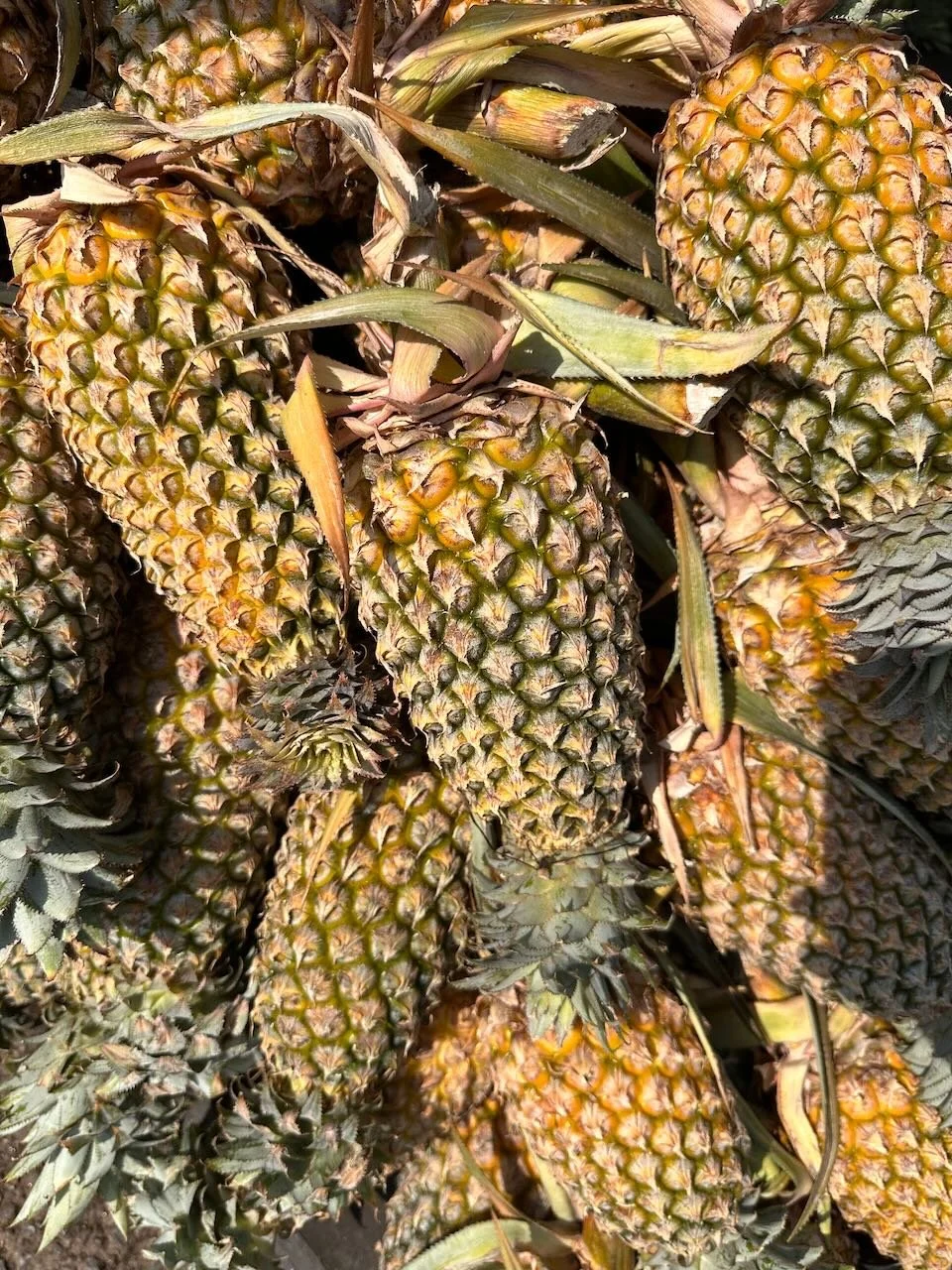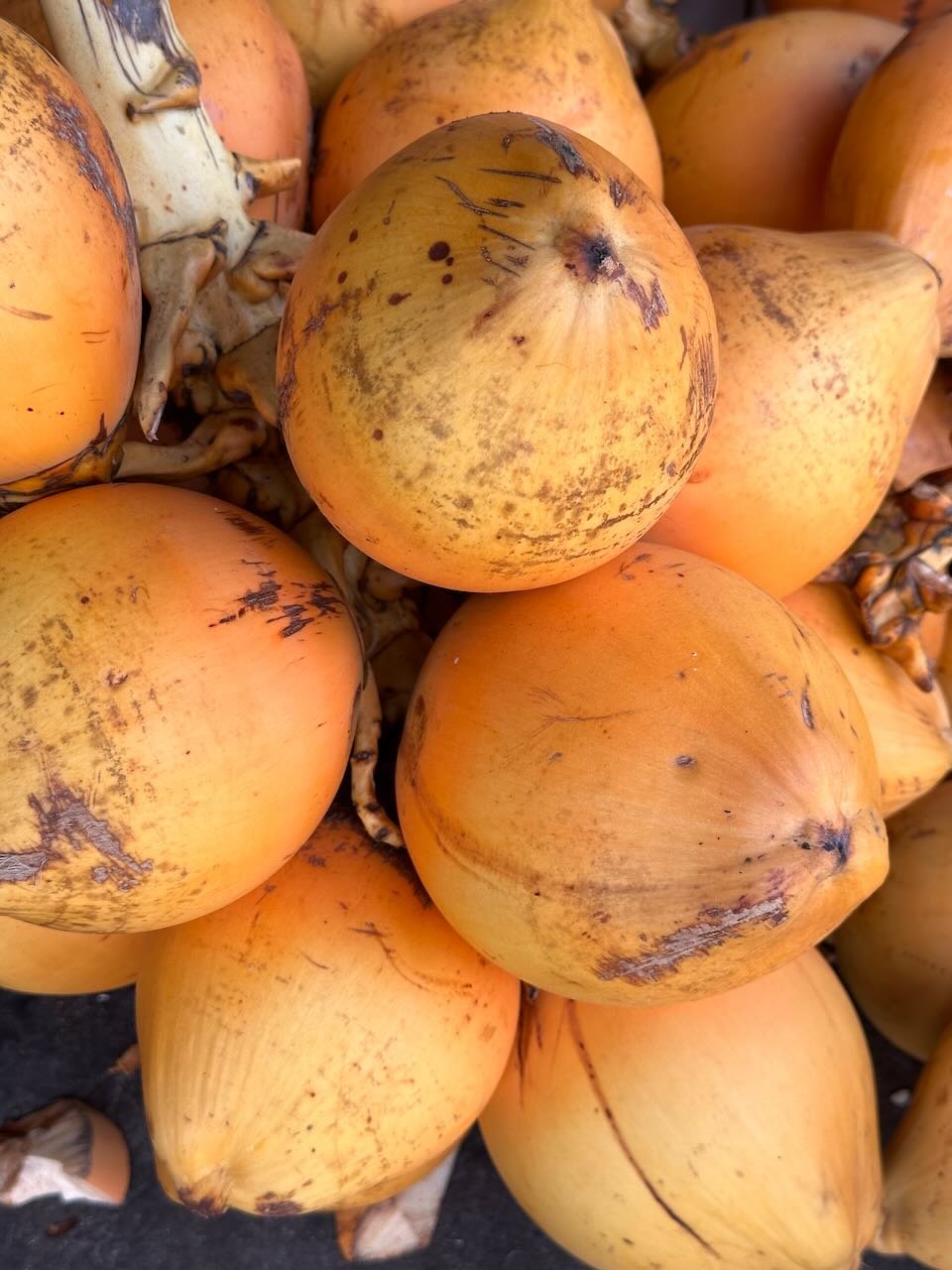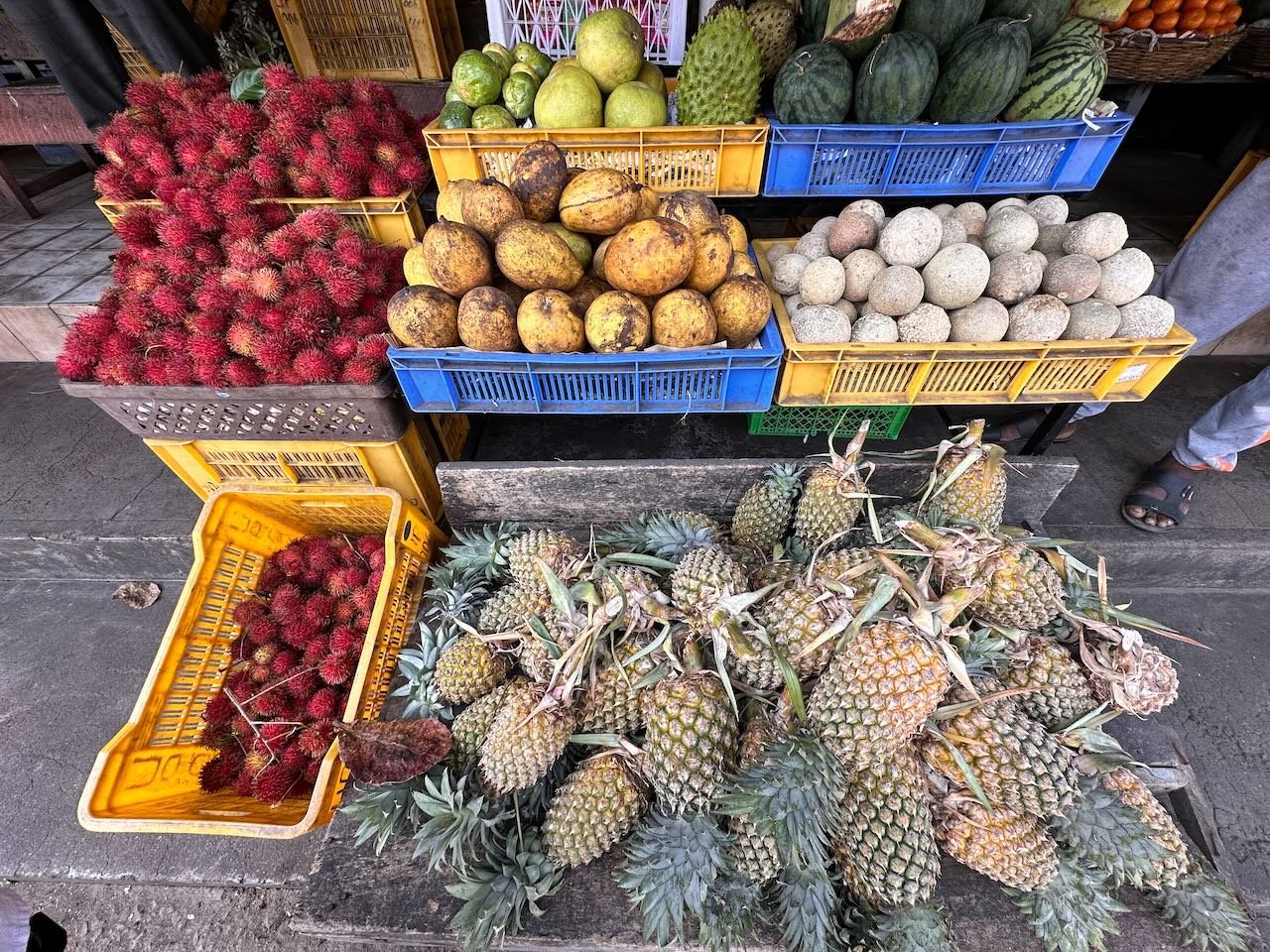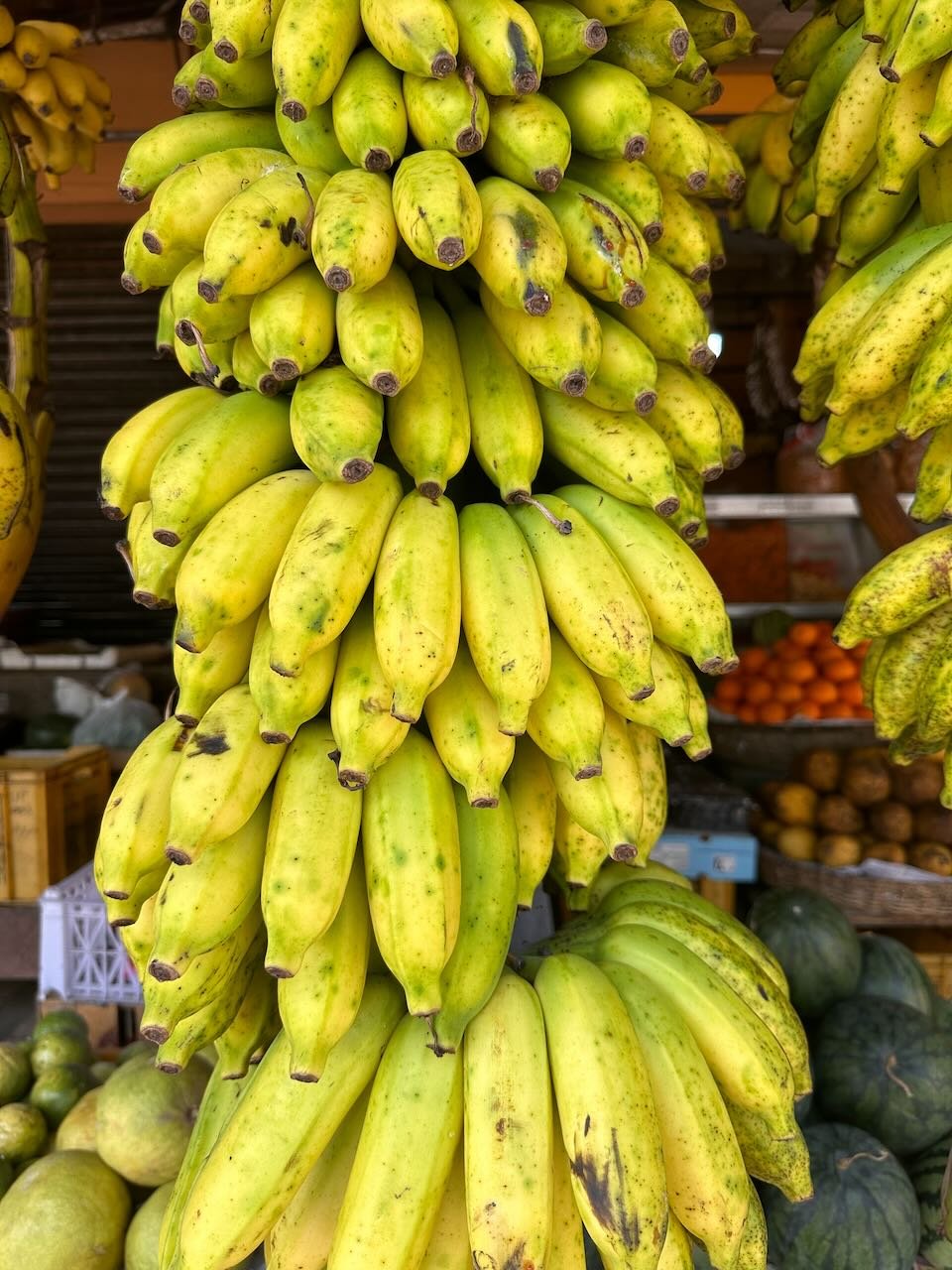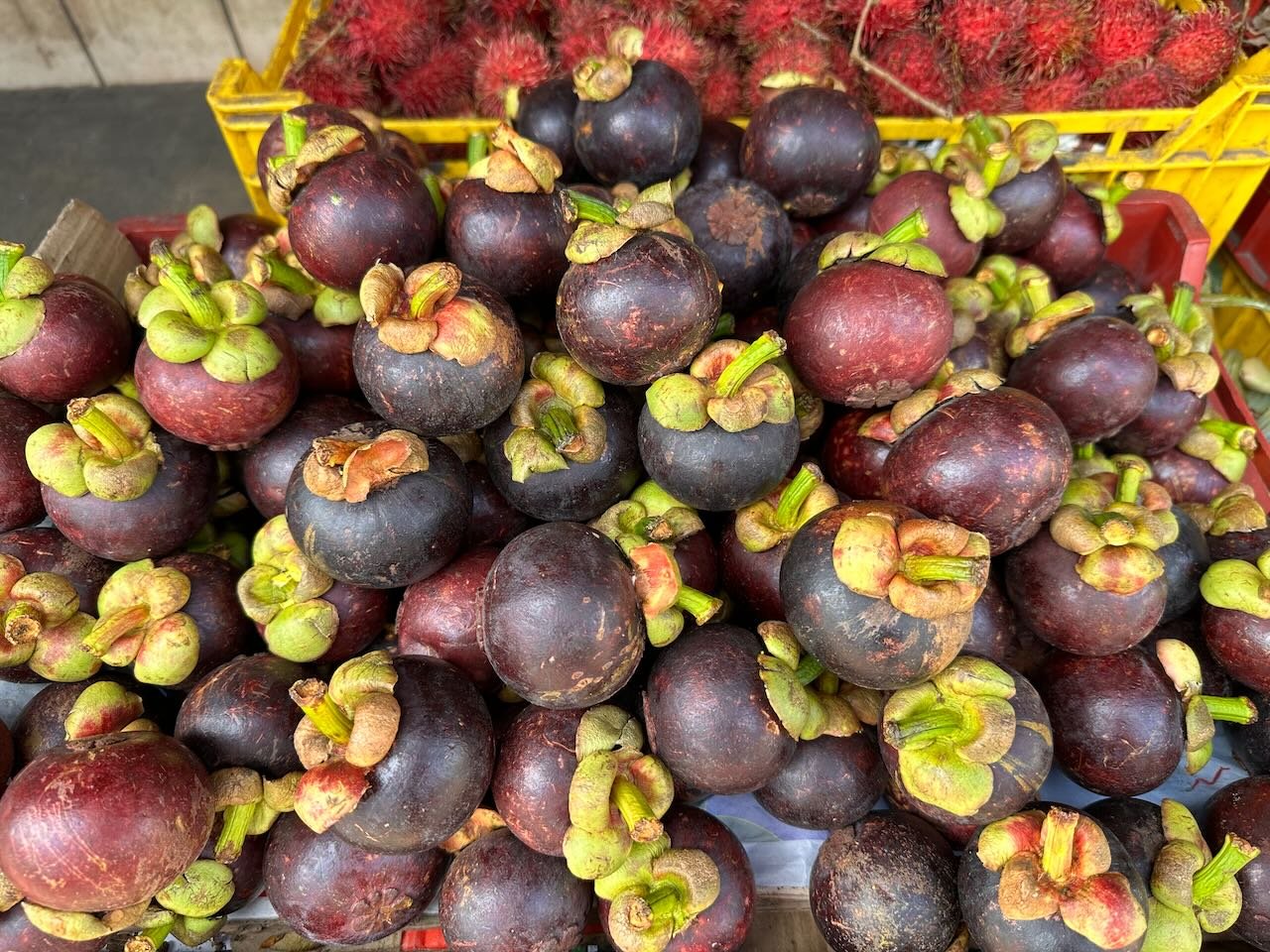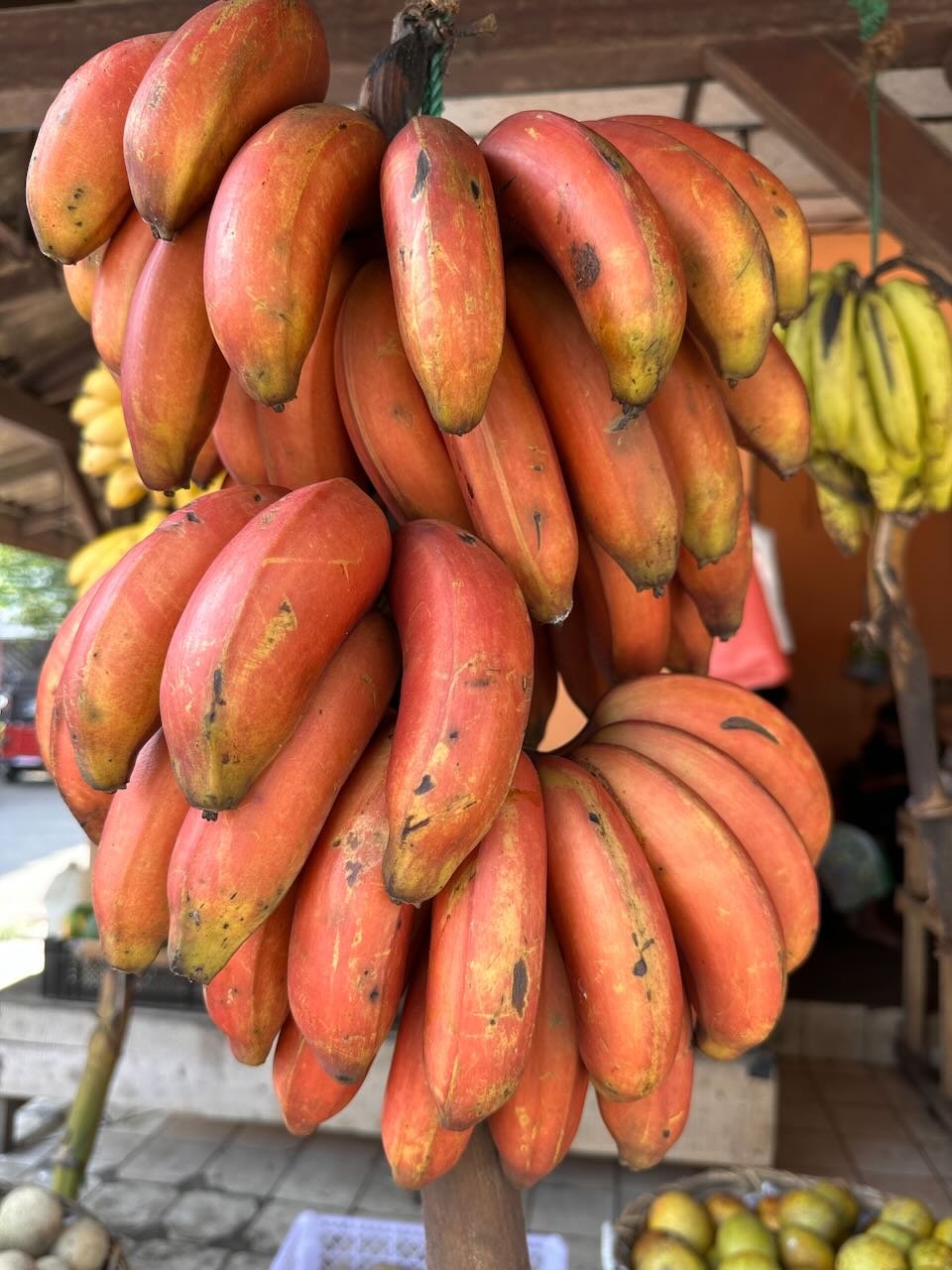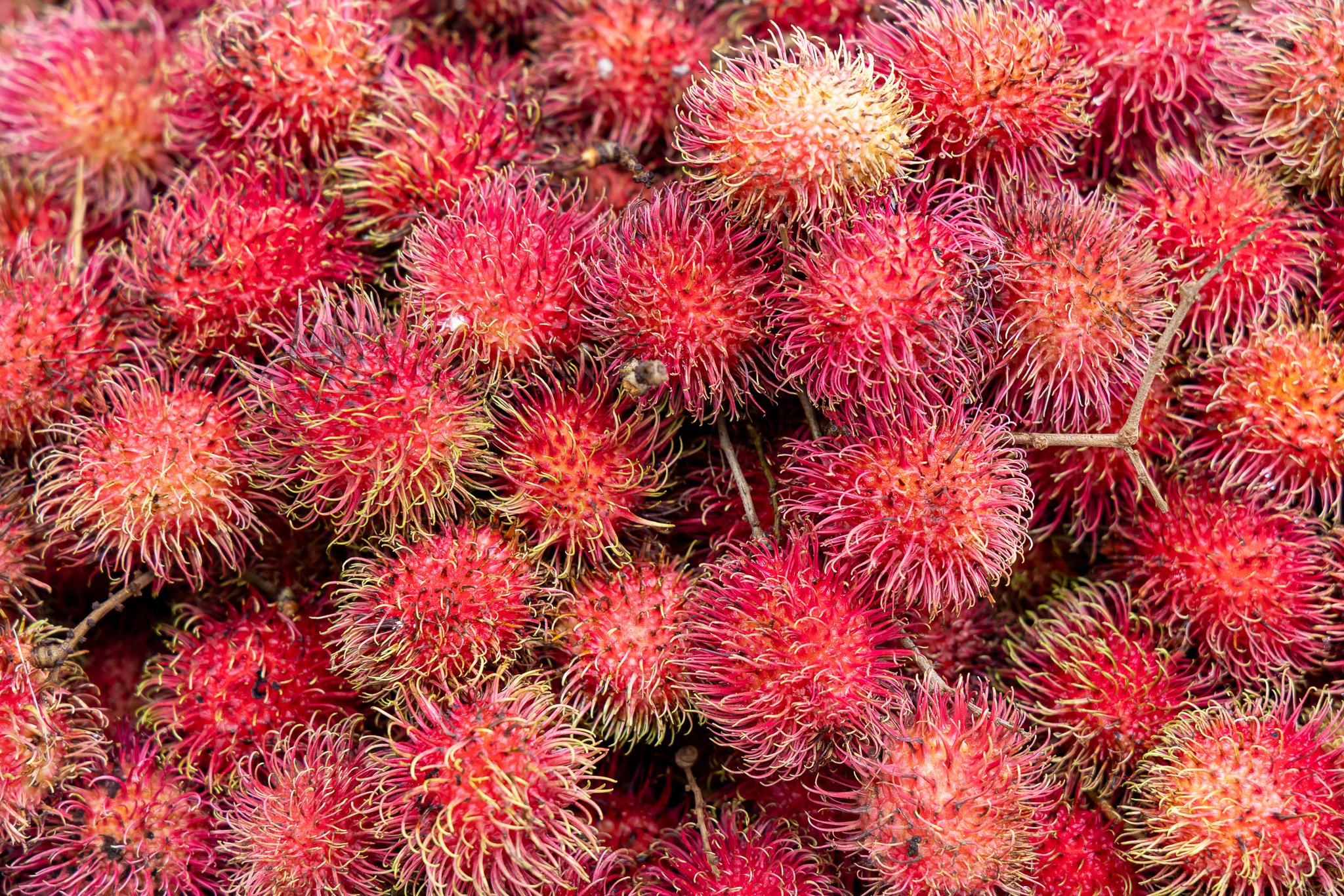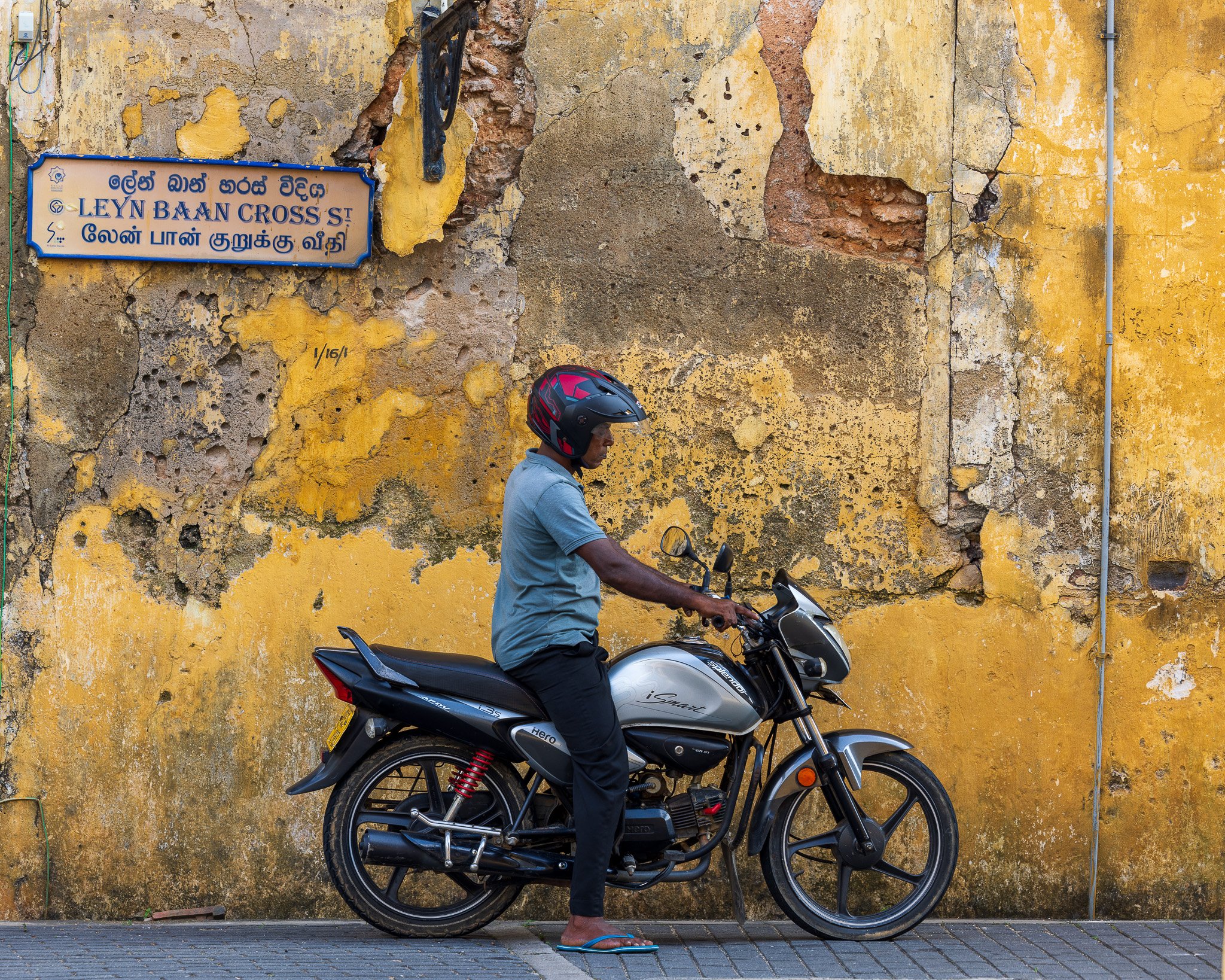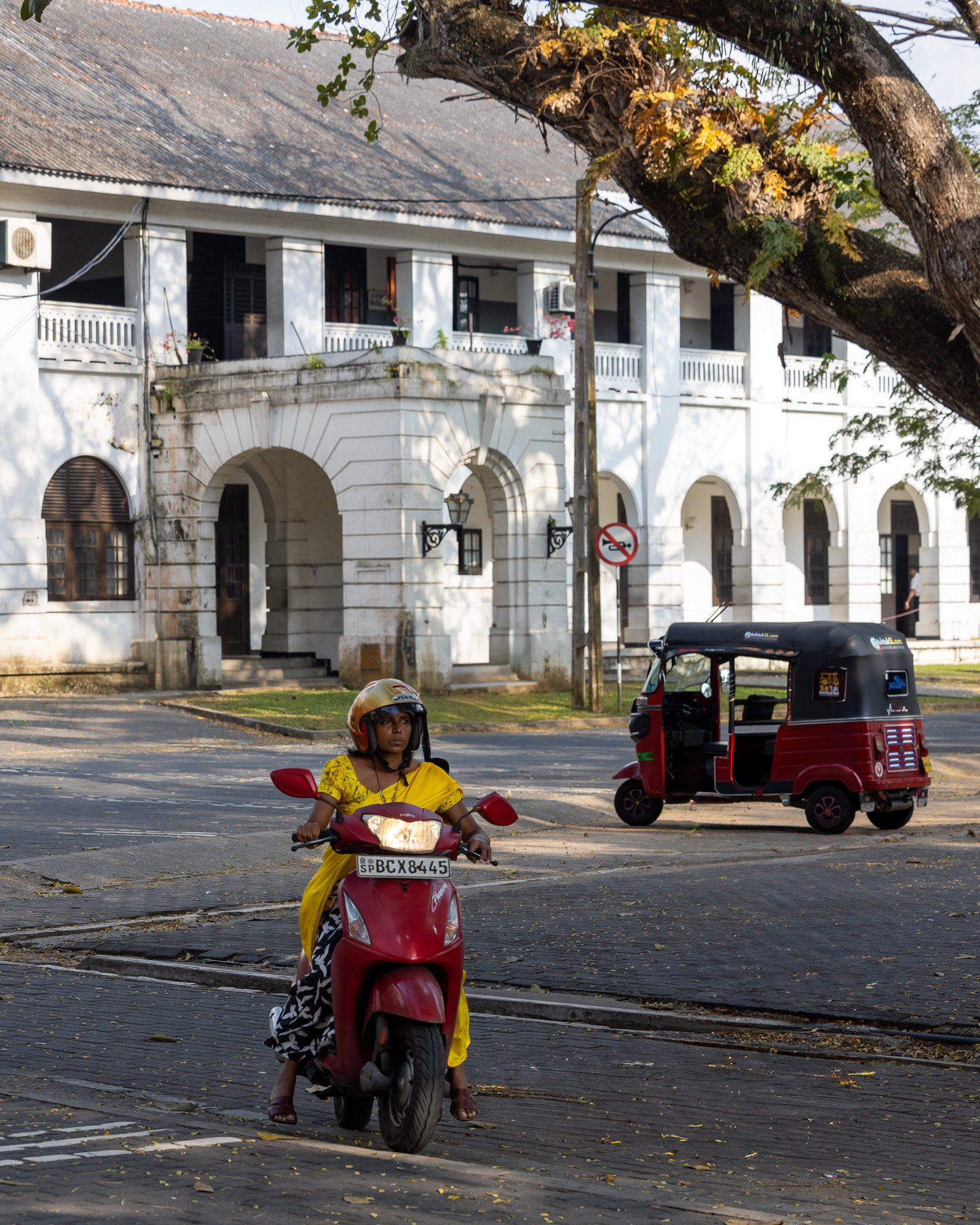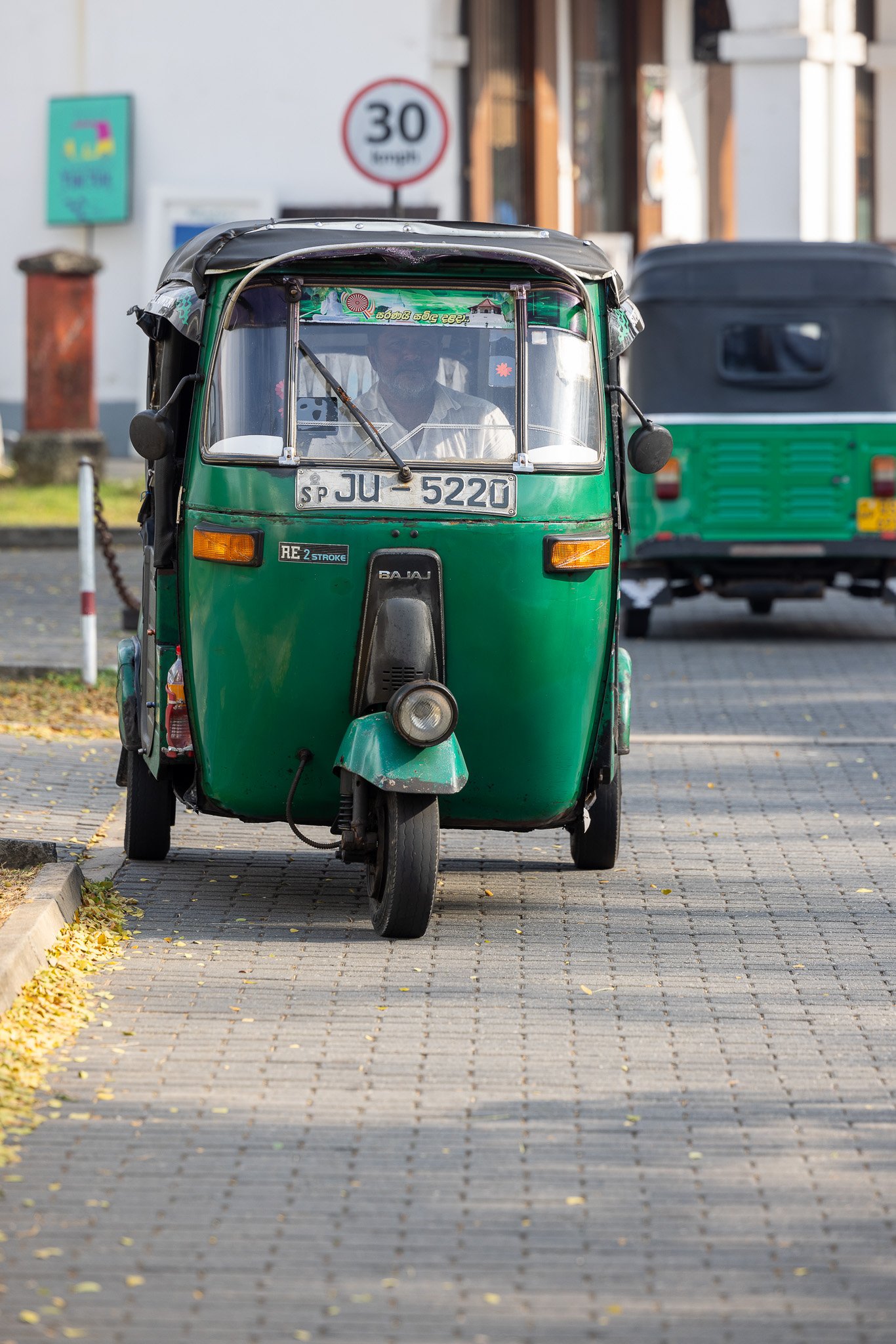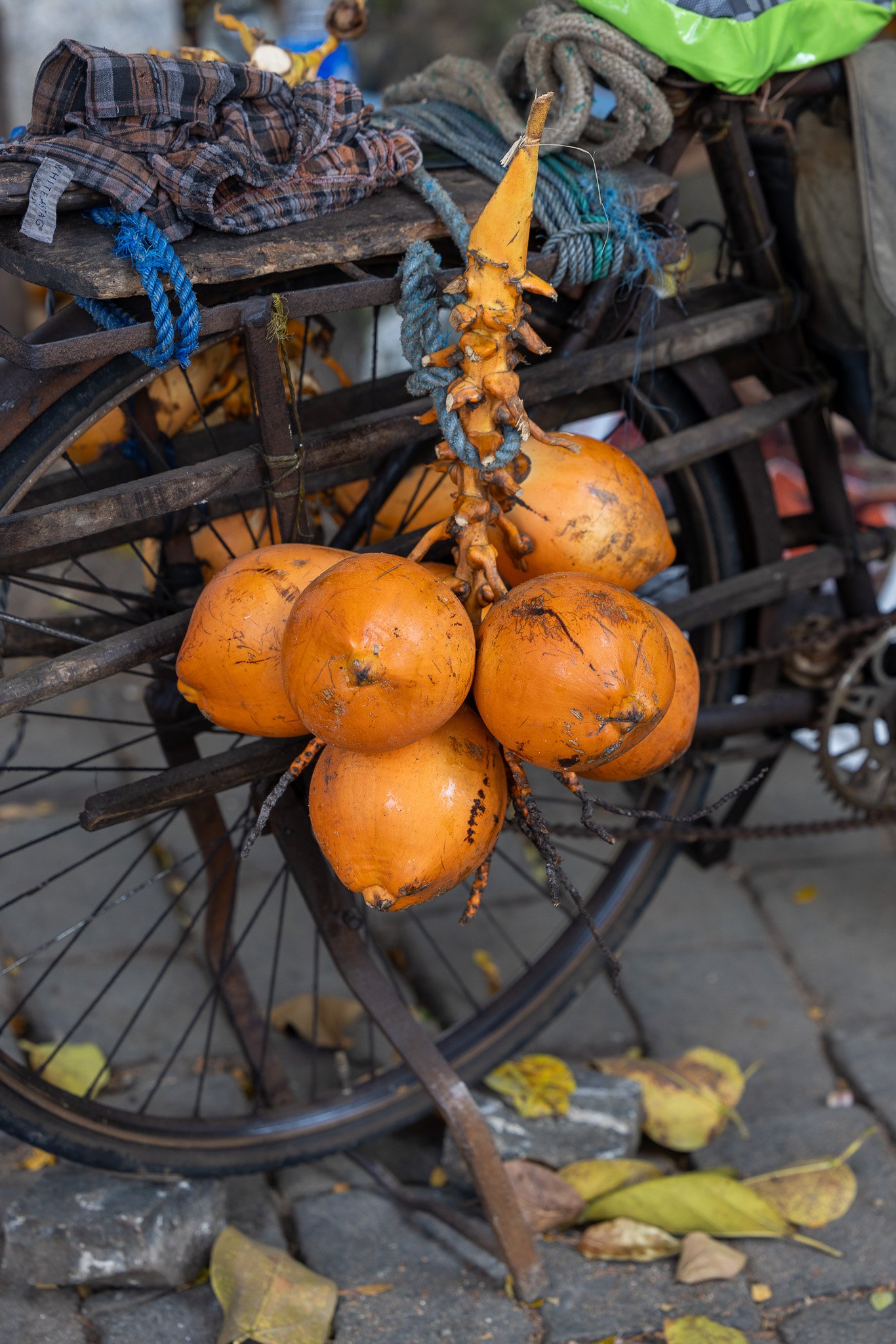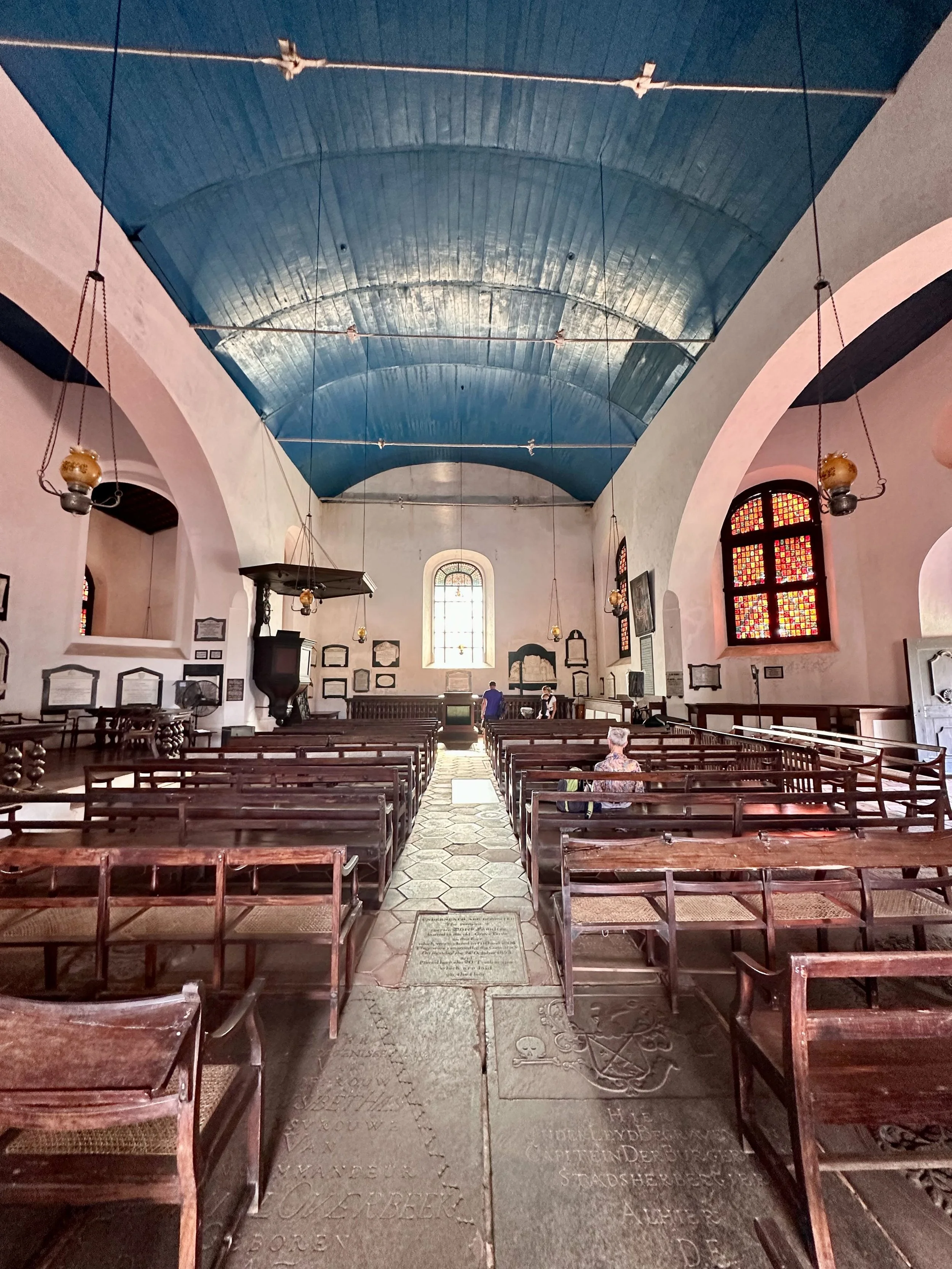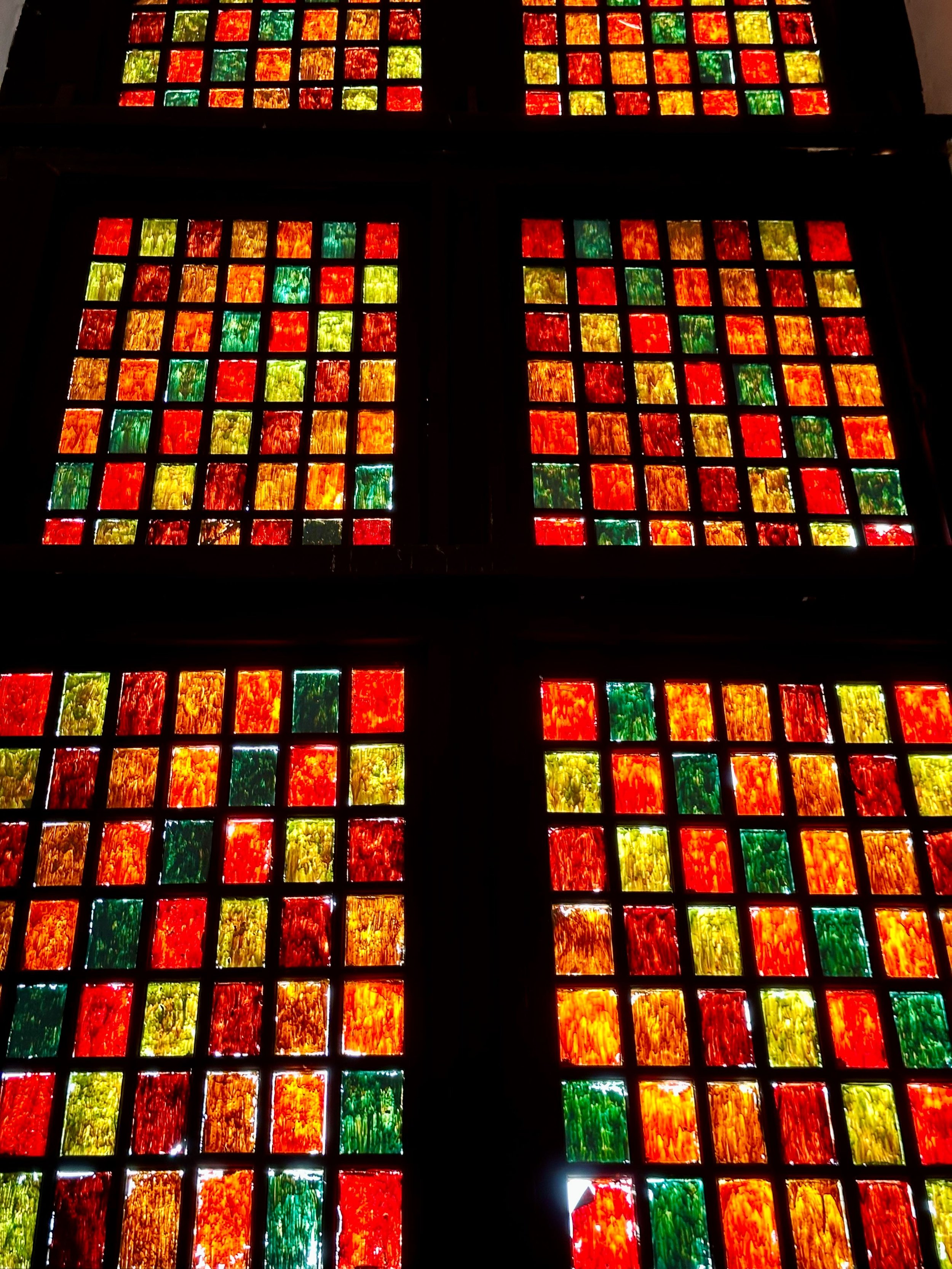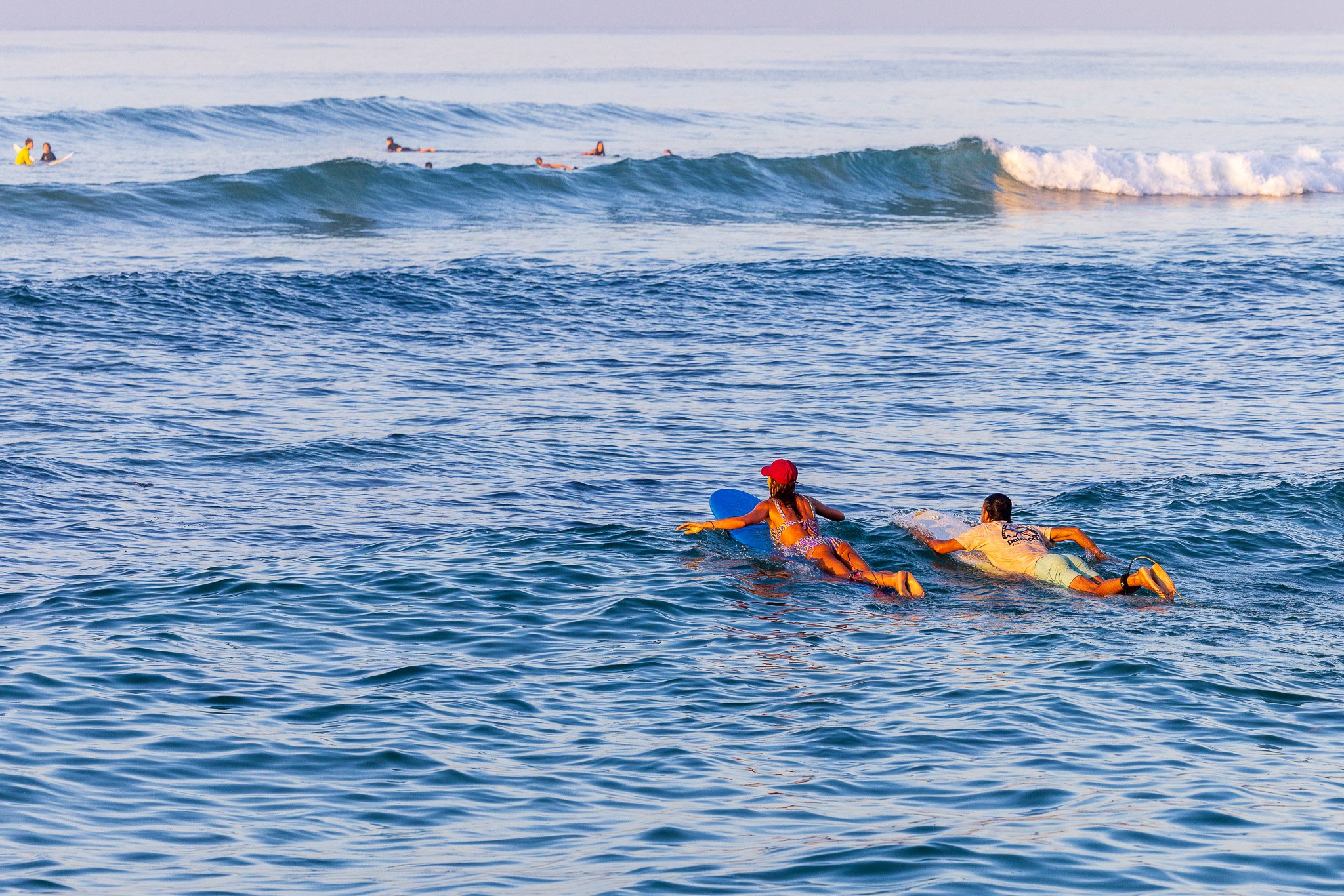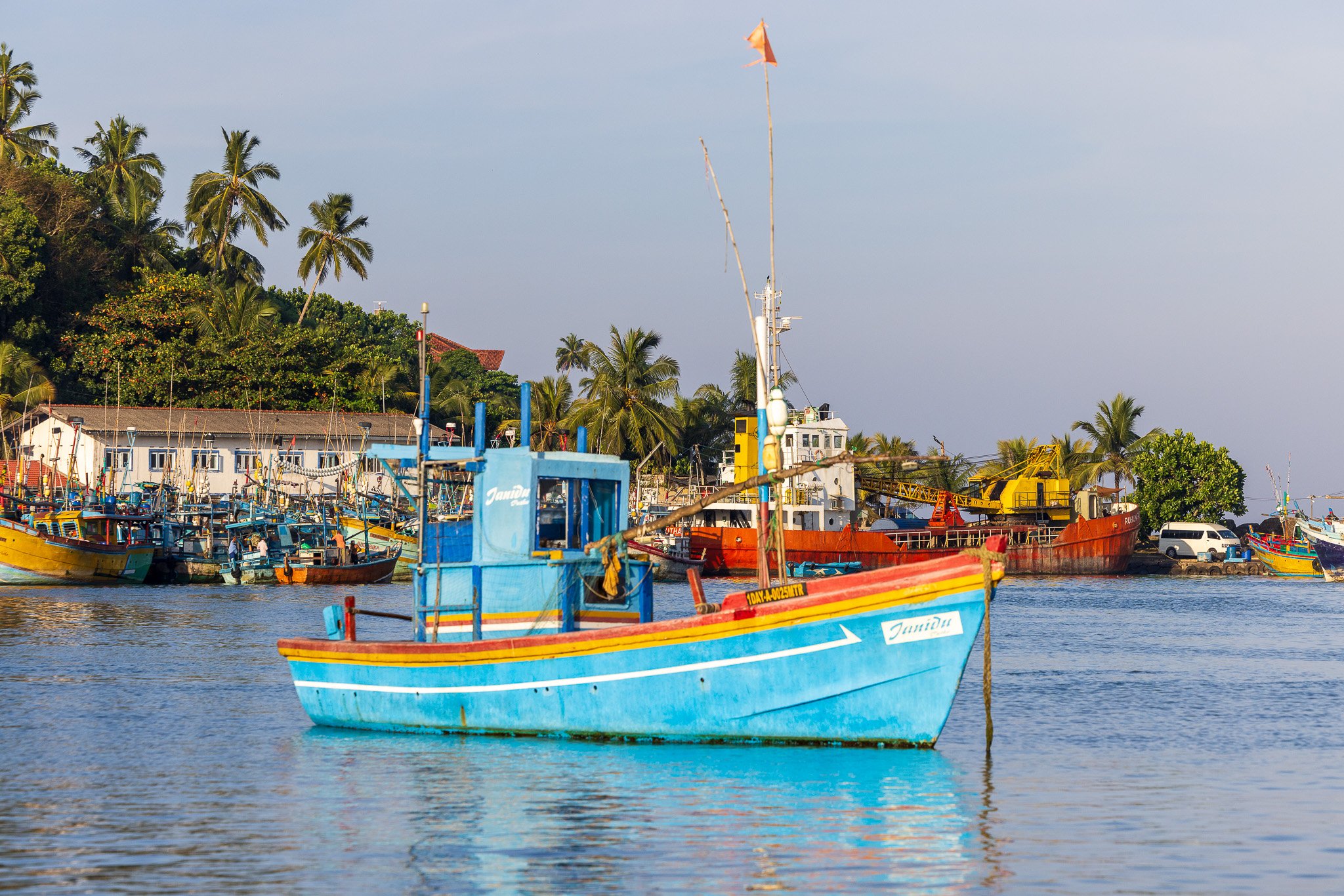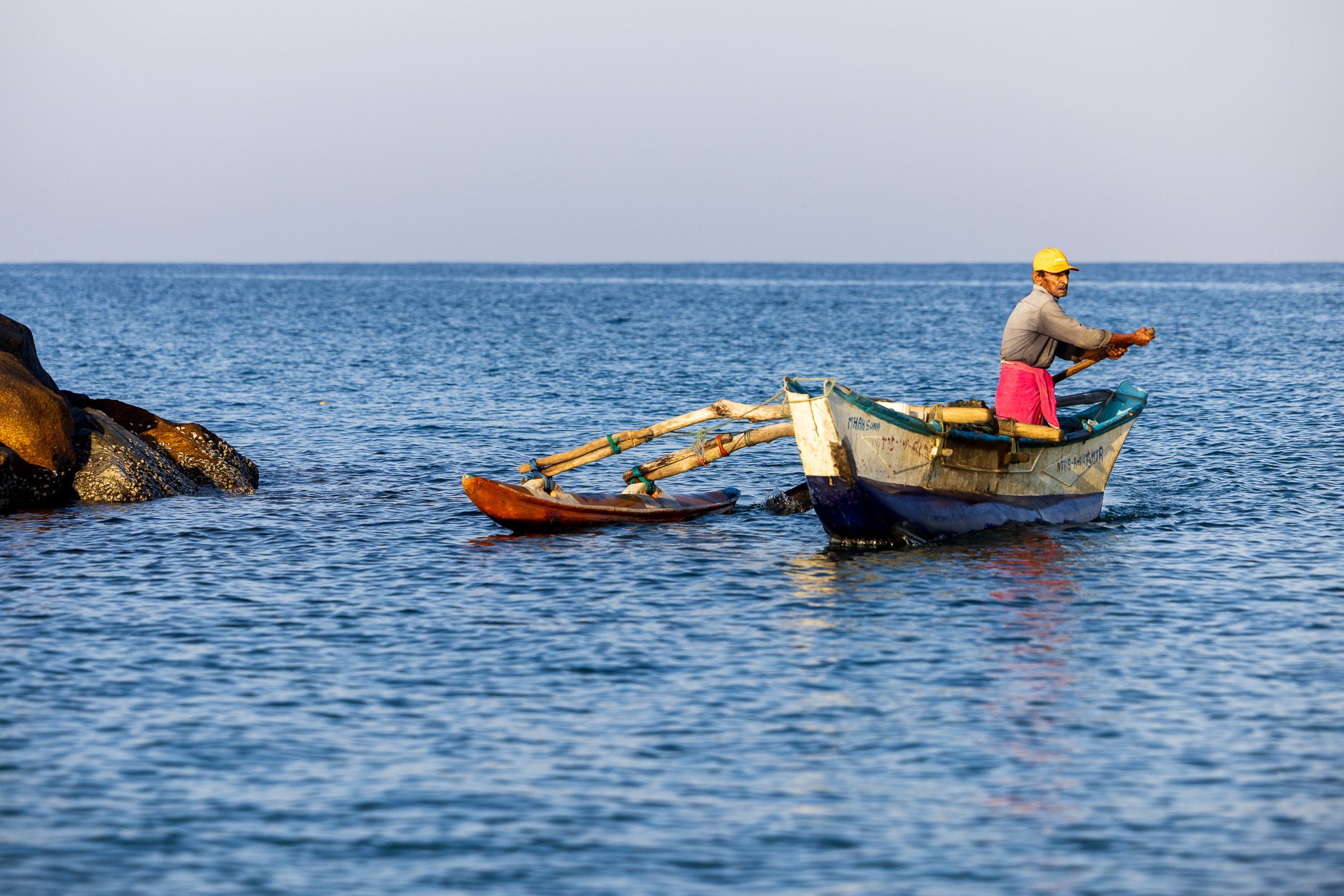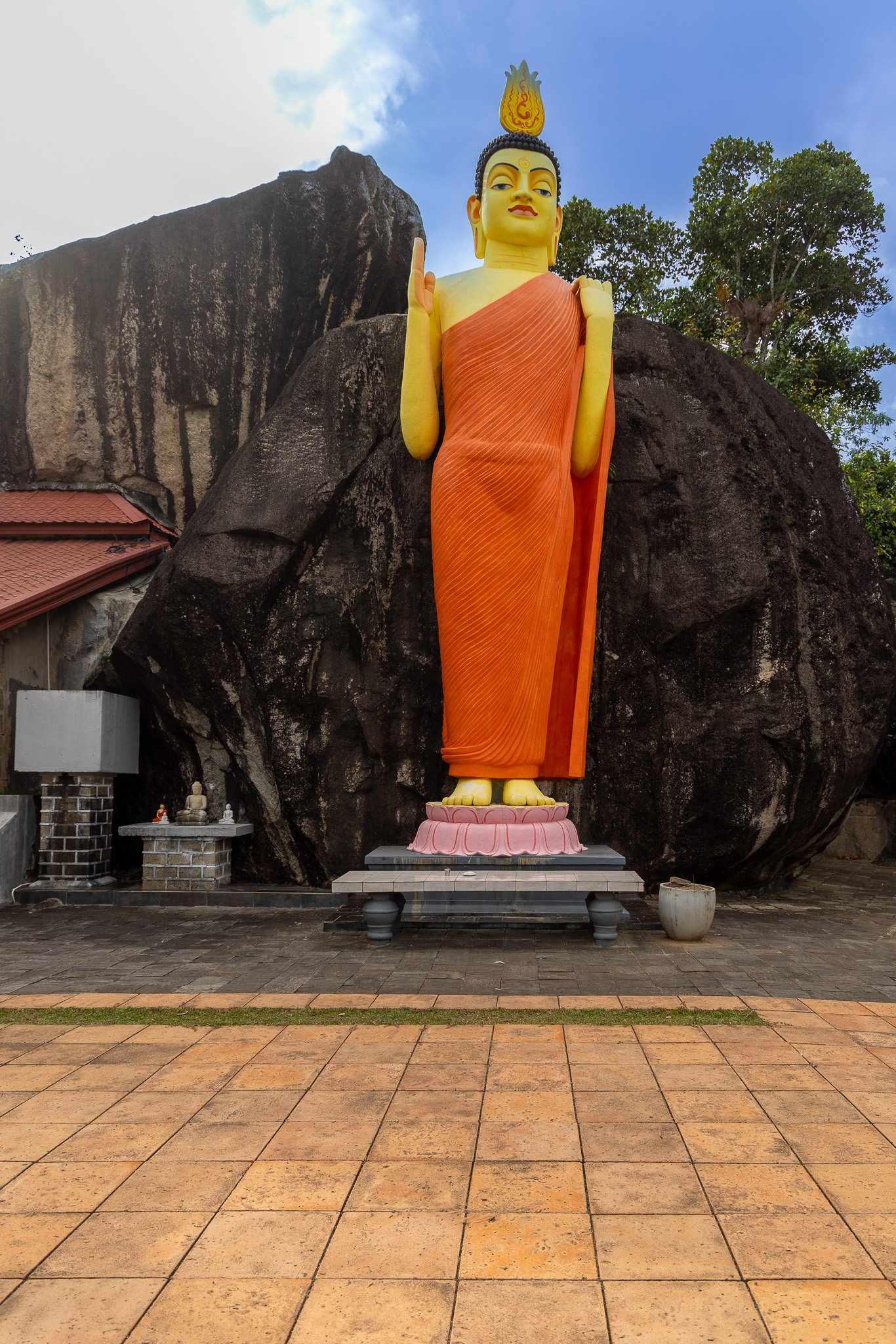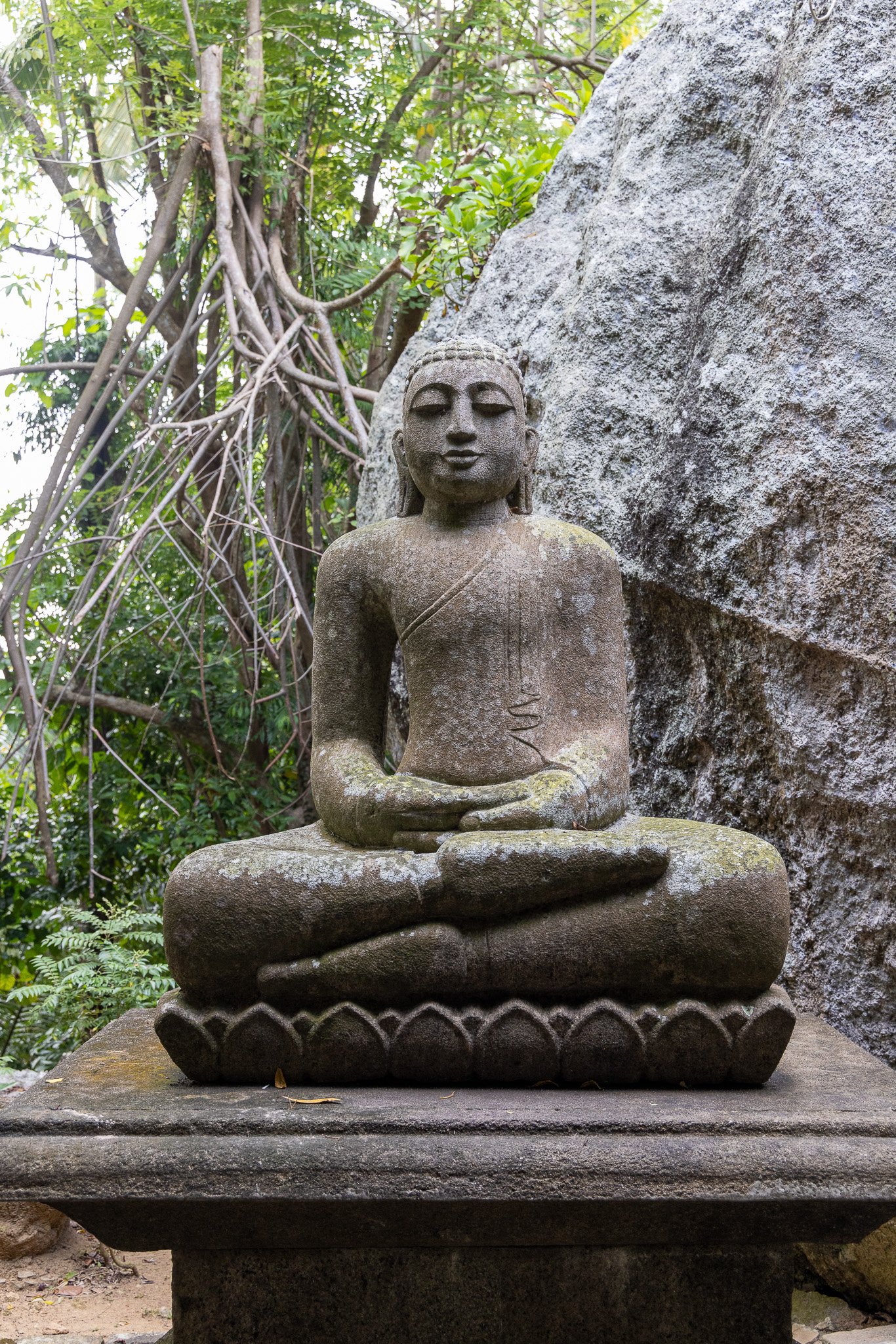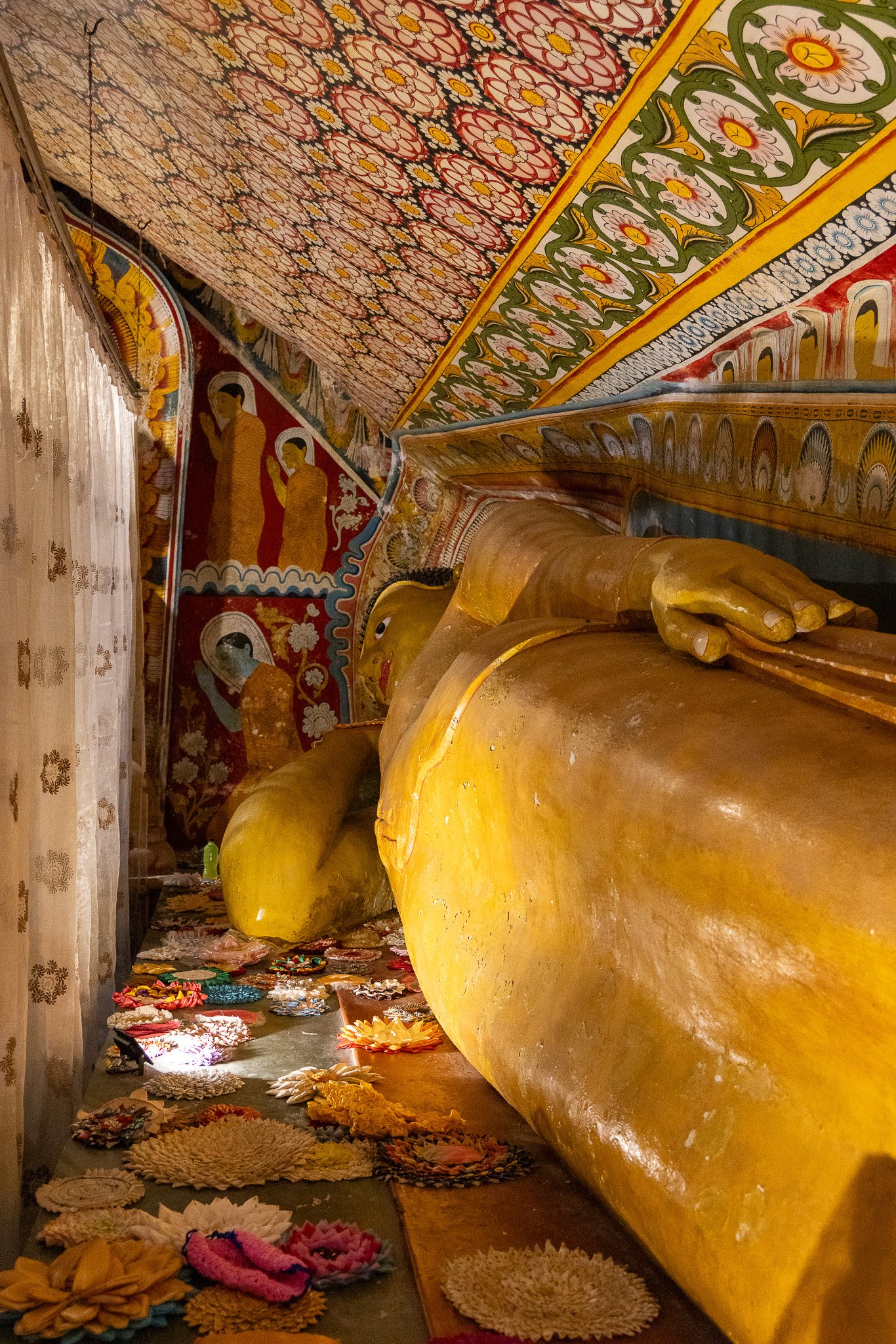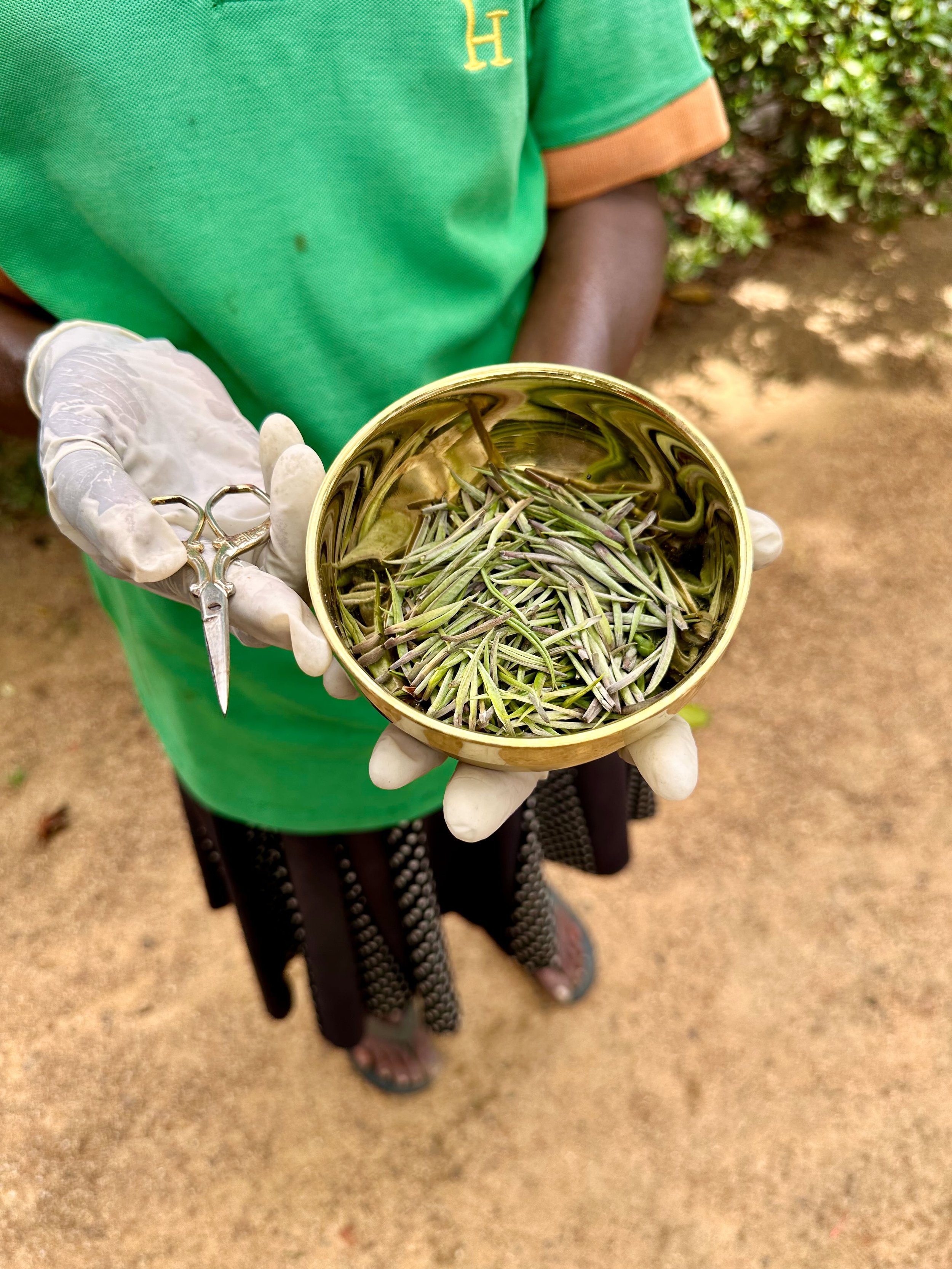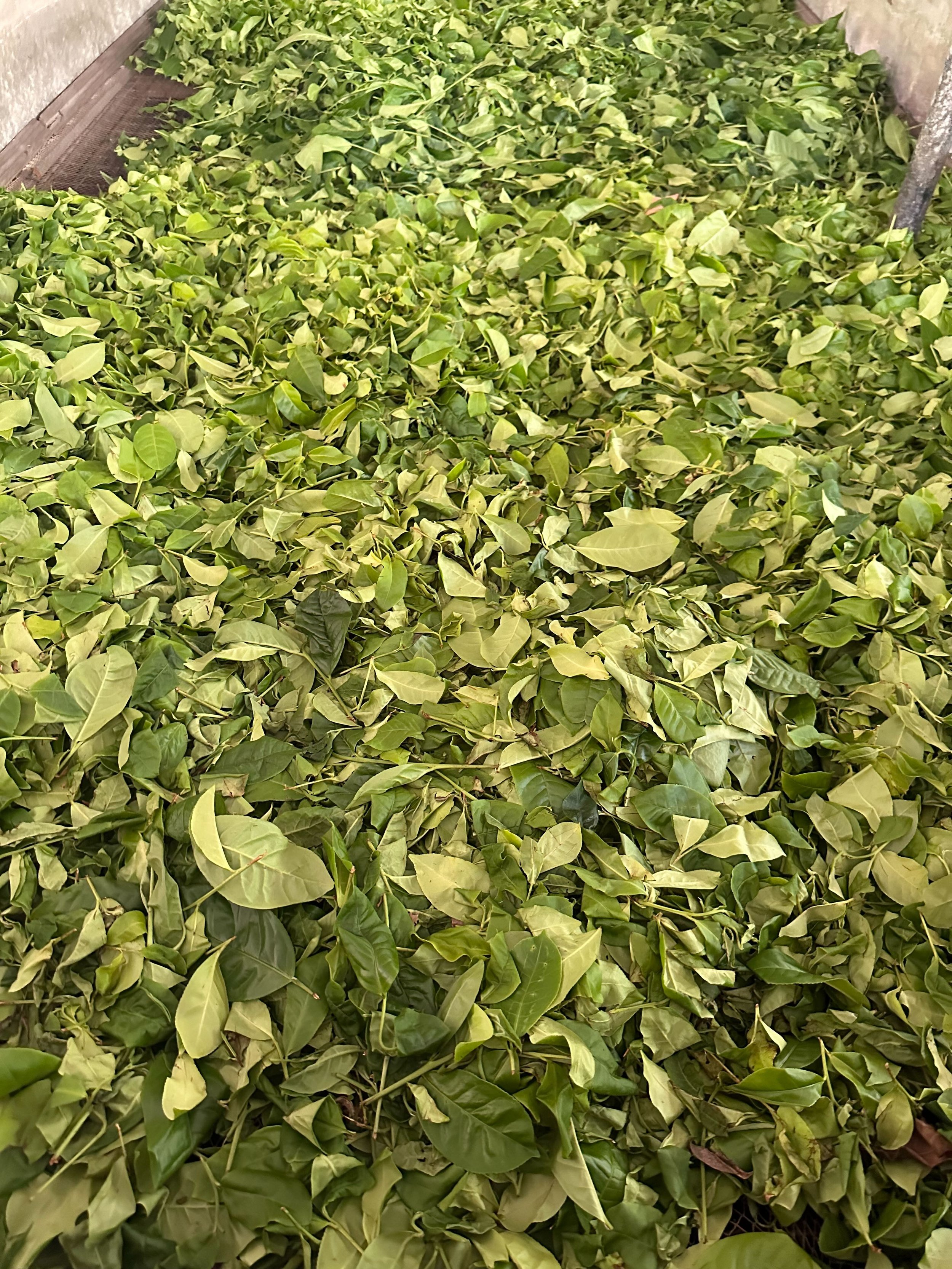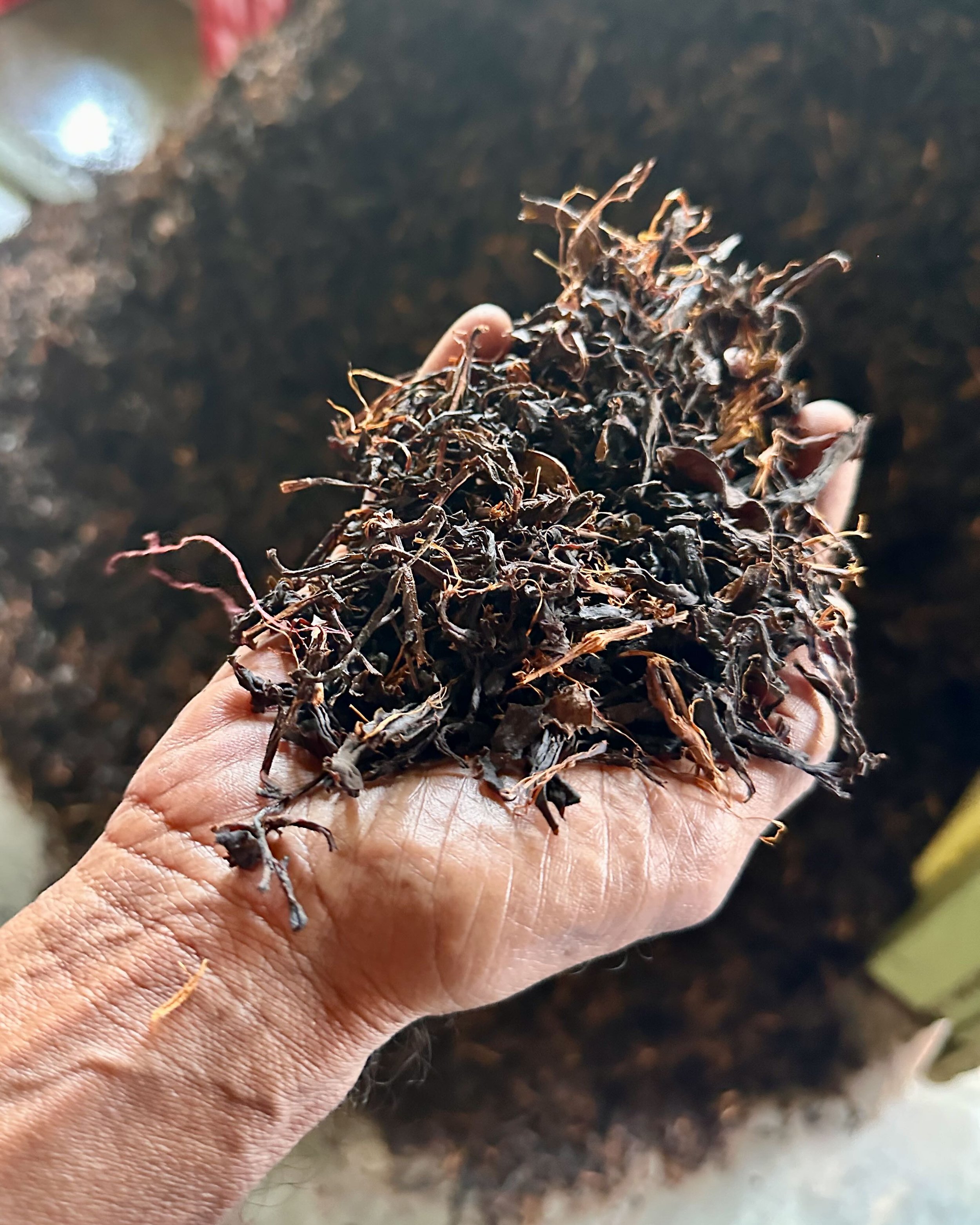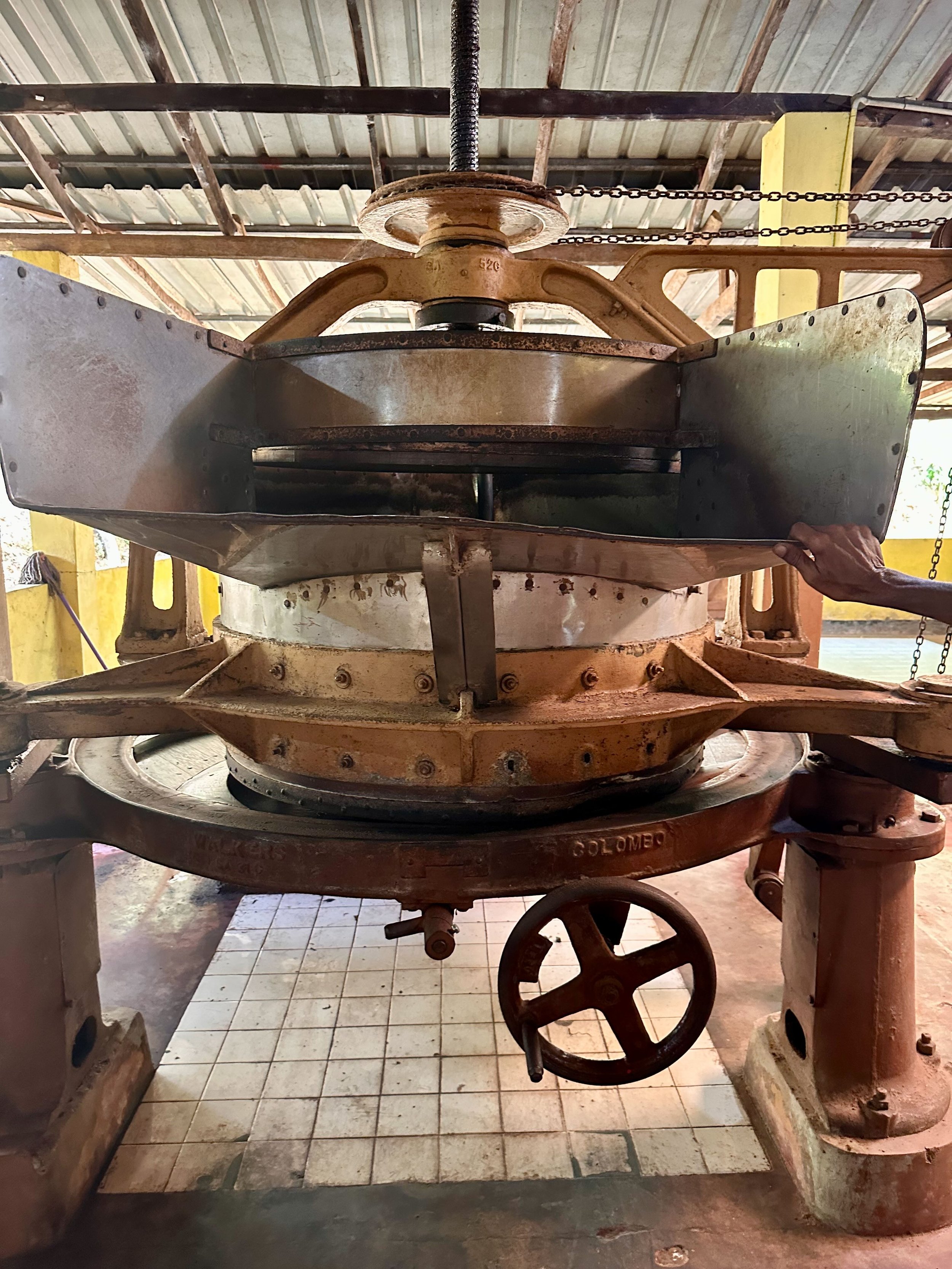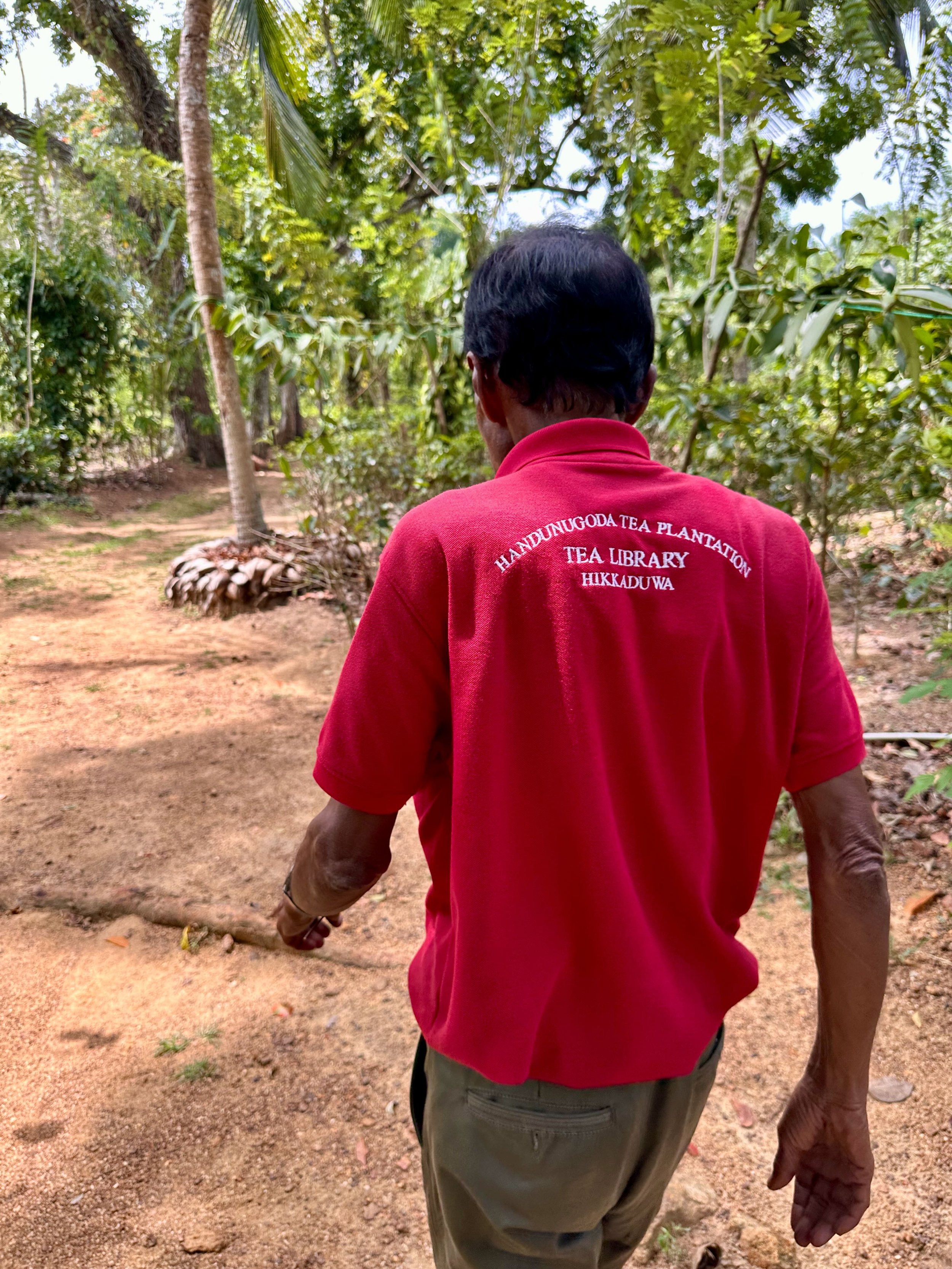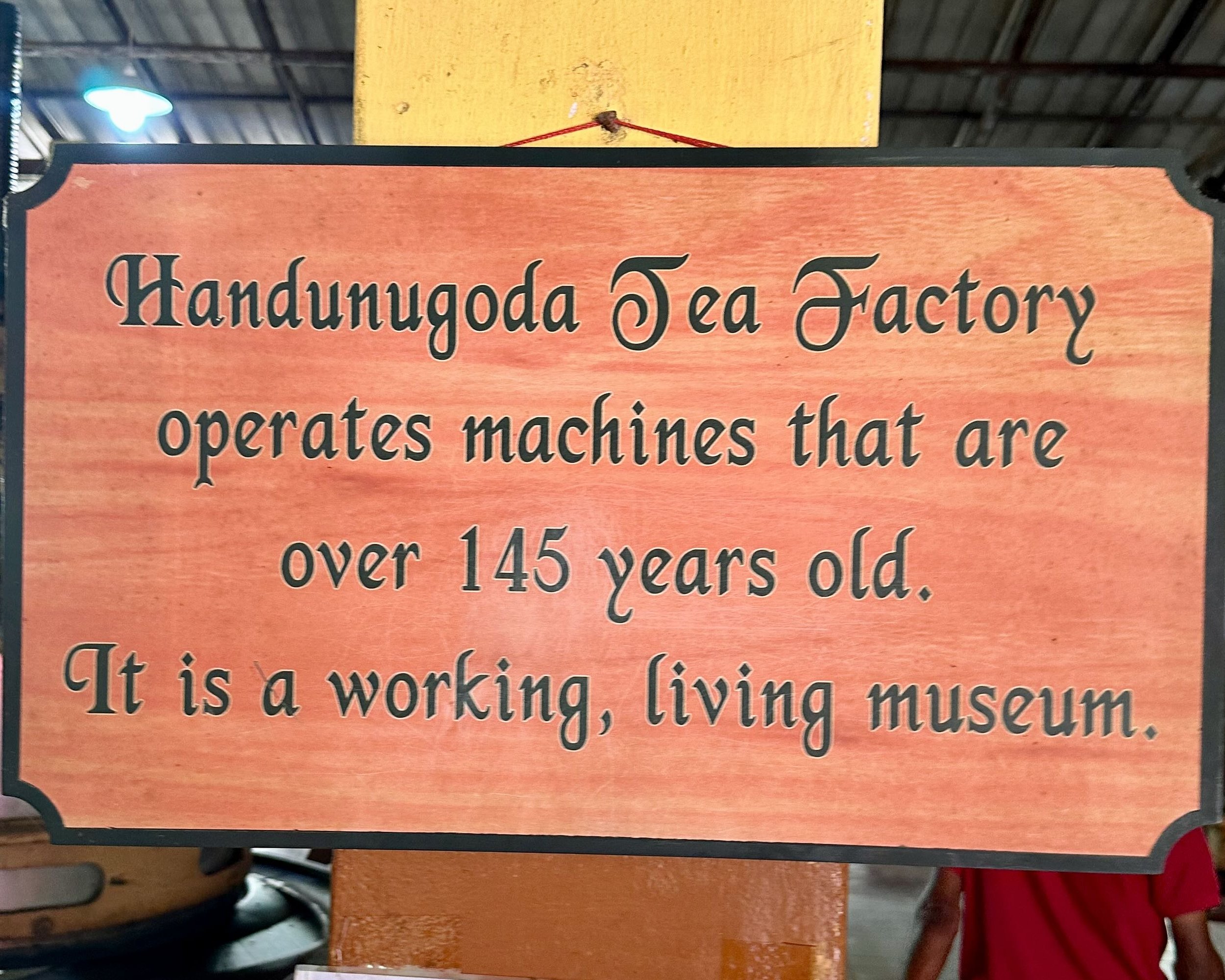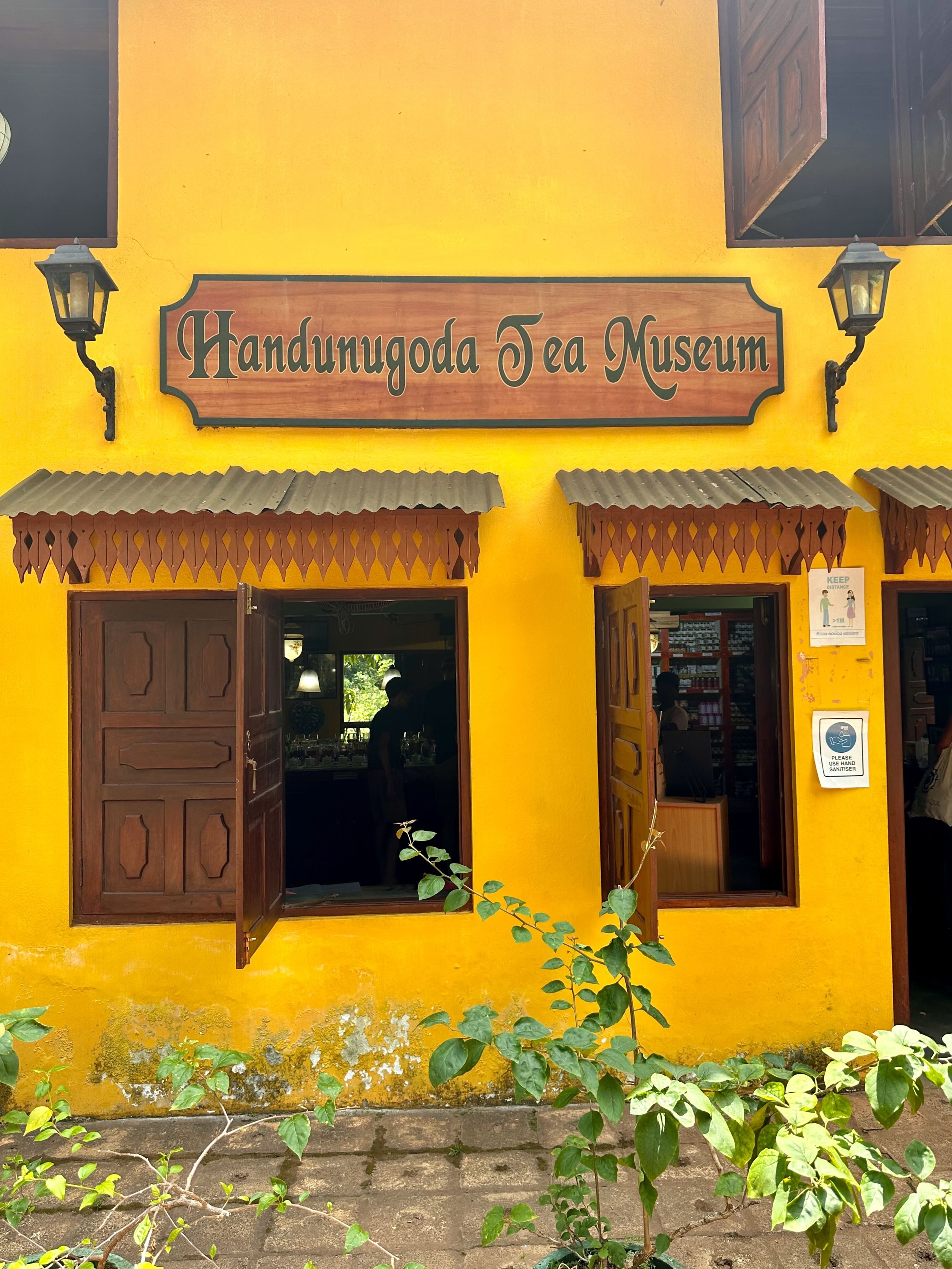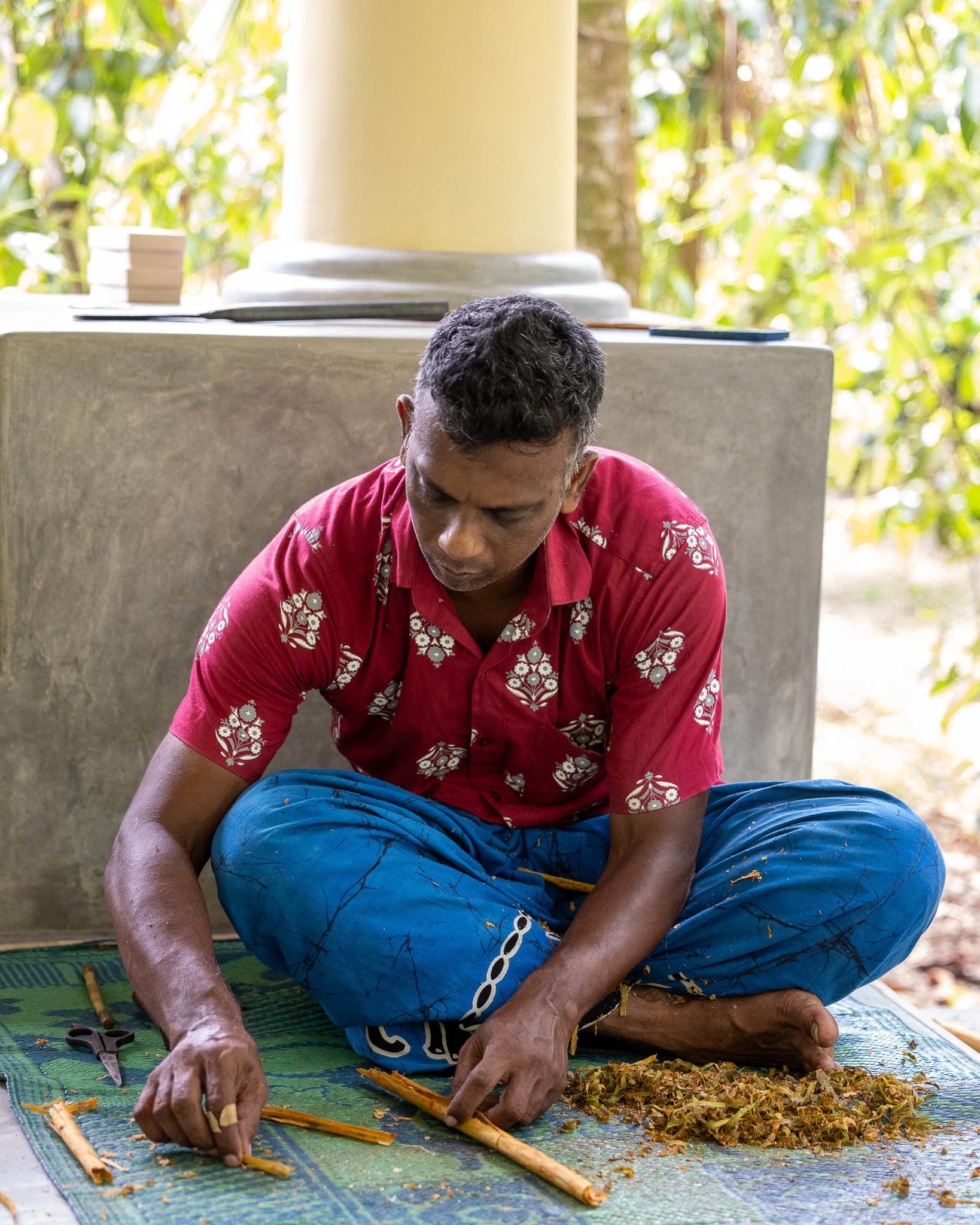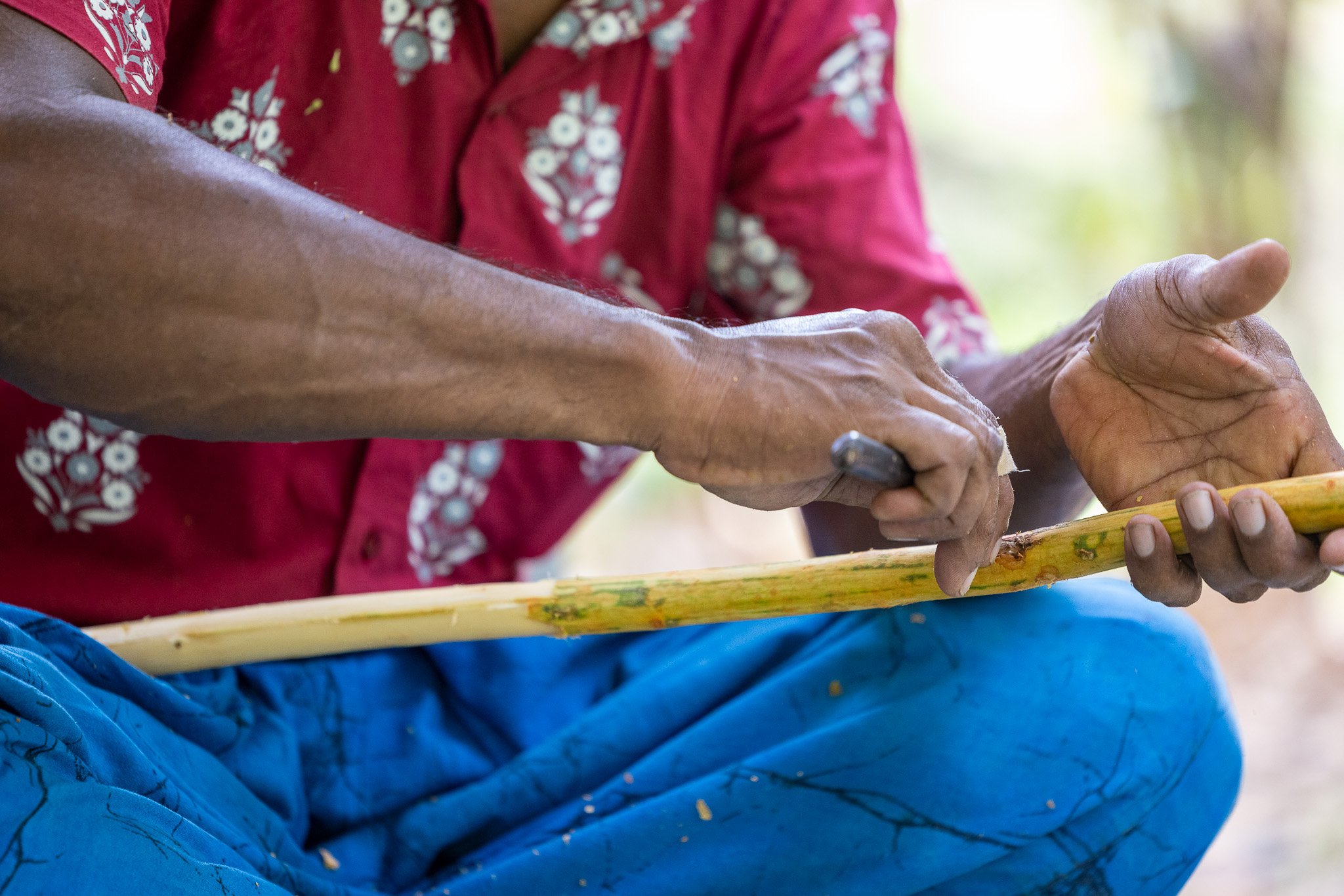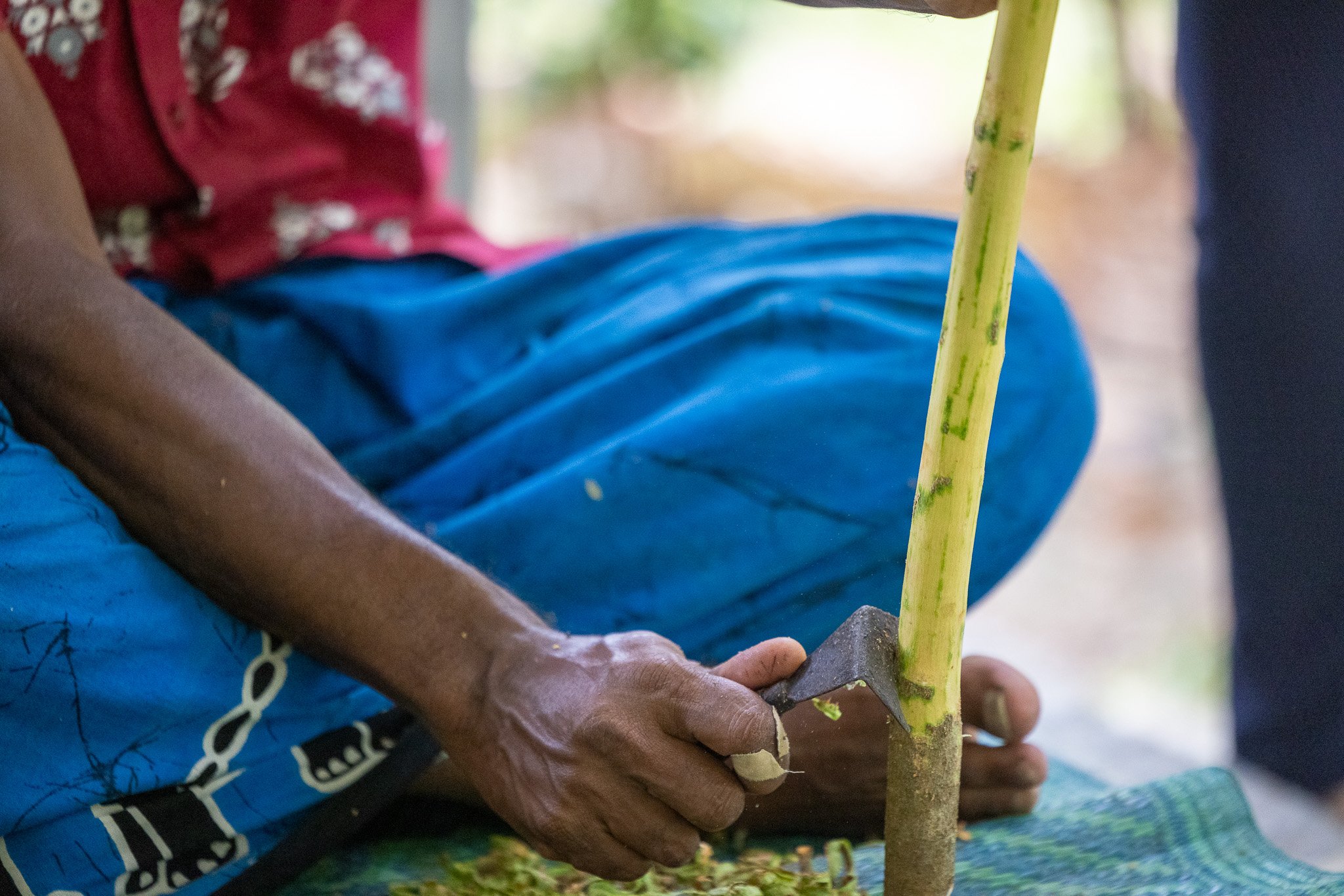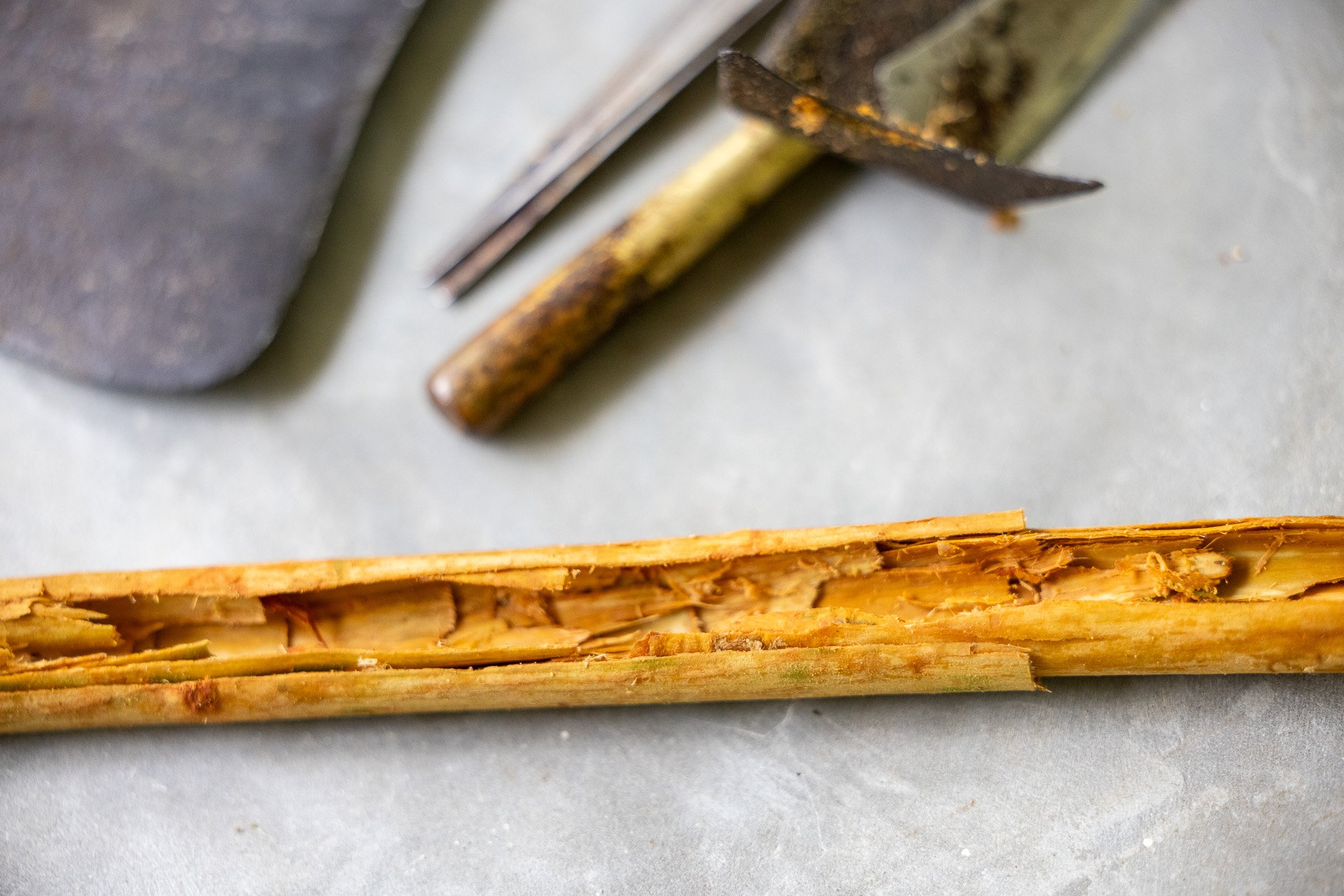My Photography & Travel Guide to Galle, Sri Lanka
I now understand why Sri Lanka has been called the pearl of the Indian Ocean. Sri Lanka is an incredibly beautiful country. Its people are very friendly and kind, the food is delicious, and there is so much to do and see. It is also a country where we always felt safe and welcome.
We were mesmerized by the country's blend of rich history, vibrant culture, and stunning natural beauty.
We began our Sri Lanka adventure by visiting Galle in the south. We spent ten days in Sri Lanka, three days in Galle, five days in Tangalle, and two days in Colombo. We could have easily spent another week.
From exploring ancient temples in Galle and Colombo to relaxing on the pristine beaches of Tangalle, each moment was filled with serenity. The country left a lasting impression on me.
Galle
Built by the Portuguese and later fortified by the Dutch and British, the Galle Fort is a UNESCO World Heritage Site offering travelers many cultural sites to explore. You will visit historic monuments as you stroll along the superbly well-maintained ancient ramparts of the fort. The town is full of ice cream shops, cafes, bistros, boutiques and jewelers.
Fisherman on Stilts
When to Go?
For sunshine and dry days, visit Galle between December and April, with the absolute best month being February. Sri Lanka has two monsoon seasons that happen at opposite times of the year on opposite sides of the island.
Shot from My Hotel in the Amangalla
Getting a Visa
You will need to get a visa to visit Sri Lanka. The good thing is that getting a tourist visa for Sri Lanka is easy and can be booked online as an electronic visa (ETA). We received our 30-day tourist visa via email within 24 hours of applying.
The Embarkation Card
One thing to keep in mind is that once you land in Colombo, you will need also to fill out an Embarkation Card. The signs in the airport are tough to spot. Of course, we did not see them, so we approached the immigration officer, who informed us that we needed to return after we filled in the Embarkation cards.
Where to Stay
We stayed at the amazing Amangalla. It is located in Galle, on the Southwestern coast, about two hours from the Bandaranaike International Airport. Amangalla lies within the ramparts of Sri Lanka’s 17th-century Galle Fort, a Unesco World Heritage Site.
As you sit in the hotel lobby, you can imagine the generations of travelers who spent time having tea or a drink in this magnificent hotel.
The Amangalla
One of the best things about the hotel was the incredible food. A new discovery was something called Hoppers, which are eaten for breakfast. Hoppers are made from rice flour and coconut and have the consistency of a savory crepe. They are usually eaten with Fish or Chicken Curry.
Delicious Hoppers
The service in the hotel was exceptional. The staff are so kind and friendly.
Photography Locations
In Front of the Amangalla Hotel
There is a grassy area right in front of the Amangalla that attracts people from all over Galle. You will see families, couples, and photographers using the area for photography.
I was fortunate to see some young women dressed in traditional dress. They were very kind and let me take their photos.
Food & Vegetable Markets
Sri Lankan cuisine is among the best in the world—expect delicious curries and hoppers served in bowls, parathas, curries, lentil dahls, and fresh seafood. The food blends different cultures and colonizers, from the Portuguese and Indian to Arab and Dutch, who have kept bringing new twists.
Although curries are a daily staple of the Sri Lankan diet, they are less heavy than curry from India; coconut milk and oil rather than butter or ghee, create lighter dishes.
Then there are the fruit and vegetable markets offering delicious fresh produce in ever color imaginable.
Street Photography
In Sri Lanka, you can always find great situations where you can do street photography. People like to be photographed (without demanding money. I usually would point towards my camera, asking if I could take their photos and then show them the photo.
Galle Fruit Market
Walking around Galle will provide you with many opportunities to take street photography photos.
Galle Fort
Built by Dutch merchants in the 17th century, then taken over by the British in 1796, Galle Fort is a Unesco World Heritage Site filled with pastel-colored colonial buildings, ancient mosques, chic boutiques, and stylish cafés and restaurants. It has been an important trading port since the 17th century. There are also lots of beautiful shops selling clothing, gemstones, and a lot of local art.
Galle Lighthouse
Galle Fort Lighthouse is an icon of the town, bordered by palm trees and the deep blue ocean. It’s this image that’s used for many postcards, brochures of Galle.
Walk Along Galle Fort Wall
Galle Fort’s wall is where locals and tourists come together and enjoy the beautiful view of the city and the sea. Best of all, you can walk along the fort's perimeter.
Start at Galle Fort Lighthouse on the southeastern part of the fort and walk along the wall to see various views.
You will see lot of locals taking photos in traditional dress. They were so kind to let me take their photo.
Dutch Reform Church
The church is one of the oldest buildings in Galle, and it has beautiful white archways.
Make sure to go inside the church. The church is still in use, and it has a weekly Sunday service.
Fisherman on StiLTS
Stilt Fishing is an old tradition unique to Sri Lanka, used by fishermen on the southern coast. They sit for hours on end on a crossbar perch set against a vertical pole stuck deep into the sea bed a few meters offshore.
As we continued down the coast, we saw a group of about a dozen fishermen on the stilts.
Surfers and Fisherman in Marisa
The southern coast, at times, resembles Bali with all the surfers. You will see miles and miles of surfer beaches.
I also loved photographing the fishermen early in the morning on the beaches.
I love how colorful the fishing boats are.
Yatagala Raja Maha Viharaya
Yatagala Raja Maha Viharaya is an ancient Buddhist temple believed to have been built about 2300 years ago and is considered one of the oldest rock temples in our country. The temple was built into the rock formation, and many statues can be seen here. Vibrant and colorful murals depict certain events in the life of Buddha.
Japanese Peace Pagoda
Located a few kilometers from Galle, the Japanese Peace Pagoda is a unique shrine said to guarantee peace and solitude to anyone who visits. Built by the Japaneseji order in 2005, it was made as a symbol to promote peace on the island. When you reach the top, enjoy stunning views of the coast and the bustling town of Galle Nipponzan-Myōhō.
Tea Plantations
Sri Lanka is one of the world’s biggest tea producers. The country's cooler climate and humidity in its central highlands provide perfect conditions for growing great tea—most famously Ceylon. Due to strict pesticide restrictions, Sri Lankan tea is also among the cleanest.
I could not believe in this age of mass farming that White Tea leaves are cut by hand with a tiny pair of scissors.
White Tea but by Hand
We visited Herman Tea Plantation. They showed us the process of making tea. It was fascinating to see that they still use more than 150-year-old machines. It was a very interesting visit. The next time we visit Sri Lanka, we want to visit the famous Tea Trails near Ella.
Cinnamon Farms
We also had the opportunity to visit a private cinnamon estate near Koggala Lake. After a private tour of the plantation, we learned how cinnamon is cultivated and its health benefits.
Sri Lanka's unique charm and diversity make it a destination that I will always hold dear in my heart. Go visit Sri Lanka you will not regret it.
If you have enjoyed this guide to Sri Lanka, you can take a look at my other Photography & Travel Guides at this link.
